Why Cap Verde?
The idea of Cap Verde was cycling in our minds since couple of years already. Exotic vacation only 3,5 hours away from Europe (measured from Lisbon) without obvious tropical diseases and relatively well developed healthcare system attracted our attention. Finally we picked it as our annual vacation. Our criteria were: not too far from home, warm enough to swim in the sea, safe, not too expensive, exotic. When we arrived there we were surprised how touristic it was.
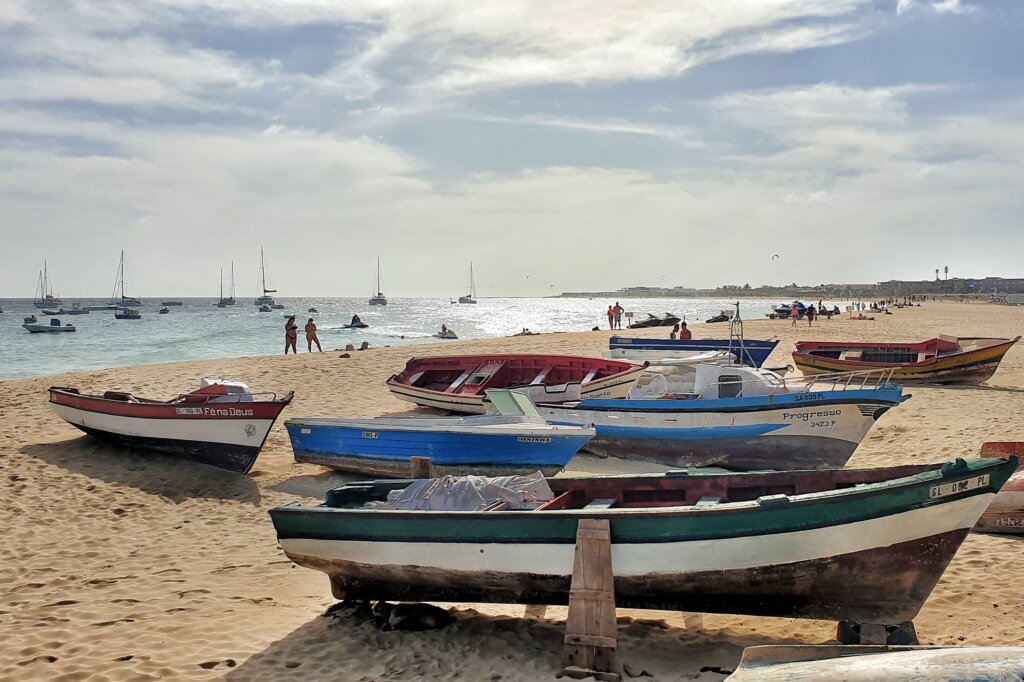
Cap Verde is an island country consisting of 10 islands, one of them uninhabited. We spent our vacation on the Sal island, the island you can reach the easiest from Europe.
Traveling from island to island was not as easy, as we imagined looking at the map: the distances between the islands looked manageable. However we realized the scale of the challenge first when we already arrived in Cap Verde. The ferries go from island to island once a week and the schedule is unreliable as their departure depends on the wind. We heard that at strong wind ferries don’t go. Getting around by plane is also challenging as you should first go to the main island, Santiago, and then proceed to the other islands. We asked at the travel agency and were told the planes are not available (booked out?) till the end of the month. We even went to the port and tried to negotiate with the sailors: the price yo go to Boavista would have been 1400 Euros, what was obviously too much. Thus, we stayed on Sal for the whole duration of the trip.
Santa Maria
Santa Maria is a top vacation spot. It’s famous for its water sports as well as long beaches with fine white sand. Most of the hotels and apartments are situated here.
The town itself is rather touristy, with the main pedestrian street in late colonial style and plenty of souvenir shops, cafes and restaurants located alongside it.
Shell cemetery
Shell cemetery beach is located at the southern-east end of Santa Maria and is worth a stroll.
Salina de Santa Maria
You can rent a bike in Santa Maria and explore Salina which lies in the outskirts of the town.
Buracona Blue Eye
If you want to rent a car to go to the Blue Eye aka Buracona, we’d recommend you to choose a 4×4, as the streets are bumpy.
3 Euro entrance fee pp. There is a souvenir shop and a restaurant with decent coffee and smoothis.
The best season to see the blue eye is summer, in autumn around 11 am you see half an eye.
Salt Lakes – Salina
Floating in high density salty lake (hello, Dead Sea experience in Israel) is a nice thing to try. You basically cannot sink even if you try hard! If you have any wounds on your skin or body, tis experience could be painful.
The entrance fee is 5 Euro pp.
Shark Bay
Do you want to see the baby sharks swimming literally between your legs? Go to the shark Bay, get into the water and join a group with a shark guide, who attracts little sharks with fish blood. The bigger sharks are by the way swimming in 100 meter distance, you dan see there fins. I’d strongly recommend you to take water shoes with you as there are many sea hedgehogs on the bottom. You can also rent them there for 3 Euro.
Espargos
The central city on Sal is less touristy than Santa Maria. Here you could visit the viewpoint (Miradouro) or stroll along the (very short) pedestrian street.
Turtle watching
If you want to see sweet tiny sea turtles hatching from their eggs with the help of social workers, head around 5 pm to the turtle observation station next to the RIU hotel (Projeto Biodiversidade http://www.projectbiodiversity.org/).
What else do you need to know before you visit Cap Verde?
- On the streets many stray cats and dogs are running, playing with each other and interact with people. They generally made a harmless impression, but with the animals you never know…
- Mosquitoes are present at night. Though at the time of our trip there were no epidemic on Sal, applying antimosquito spray and closing the mosquito net (pay attention on having one in your hotel or appartment) was worth not getting bitten.
- Sockets are European type, so you don’t need to take an adapter with you.
- Paying with Euro was accepted everywhere, even the coins were fine. Exchange rate was ok (1 Euro = 100 escudos)
- Local language is creole and portuguese, though many people speak English or French.
- Security people are assigned to almost all appartment complexes and hotels what gives you additional feeling of security.
- Taxis are available in abundance. For a night airport pickup and 20-30 minutes ride we paid 20 Euro. For moving in the city – 4 Euro for 6 minutes ride.
- Prices in the restaurants in Santa Maria are same as in Berlin.
- In the supermarkets the prices were considerably higher than in Berlin and the choice was rather poor. I was expecting at least locally grown fruit (bananas, papayas) to be good quality and reasonable price, but they weren’t. What I’d recommend you to buy and cook yourself if you have a kitchen – the shells or mussels, for example, are a great idea.
What to eat and to drink
- Cachupa – traditional reach soup with variety of meat, fish, beans in it.
- Fish and seafood in all variations.
- Red (tinto) and white (branco) house wine.
- Strela imperial beer.

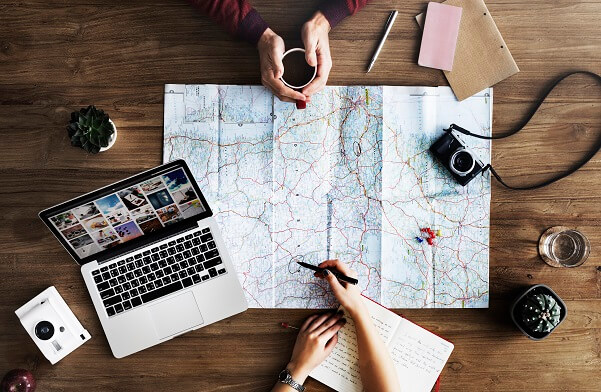
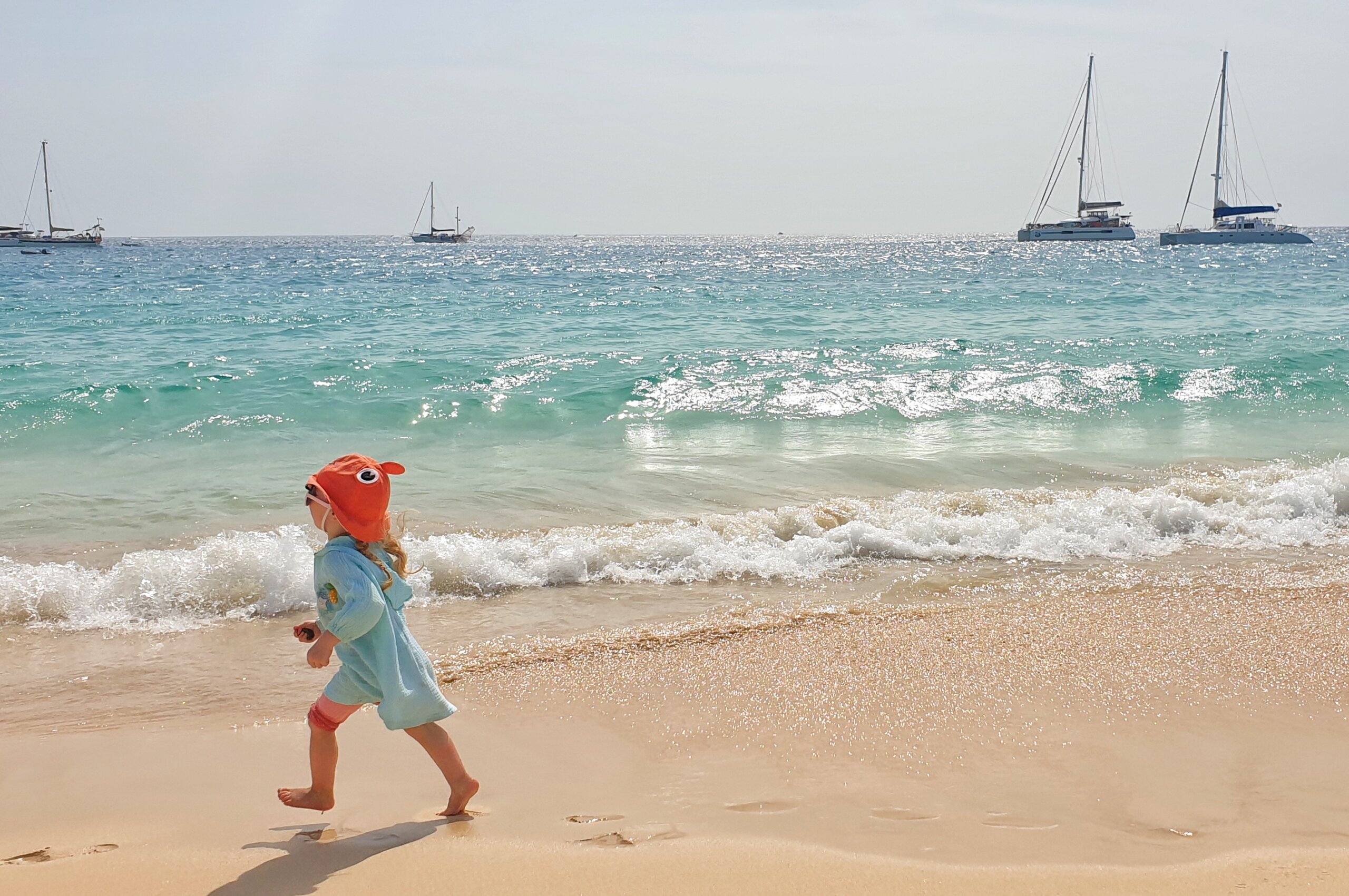
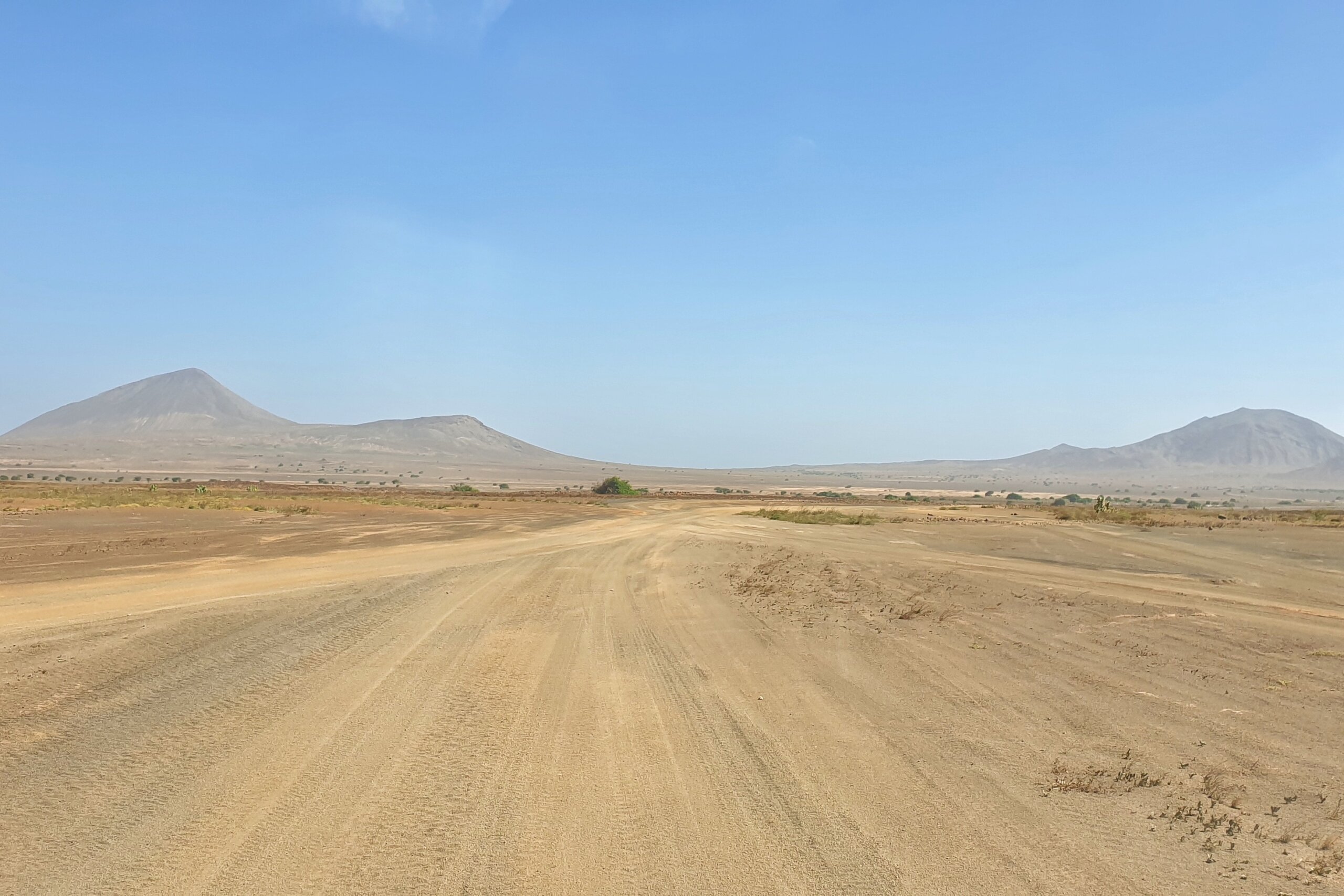
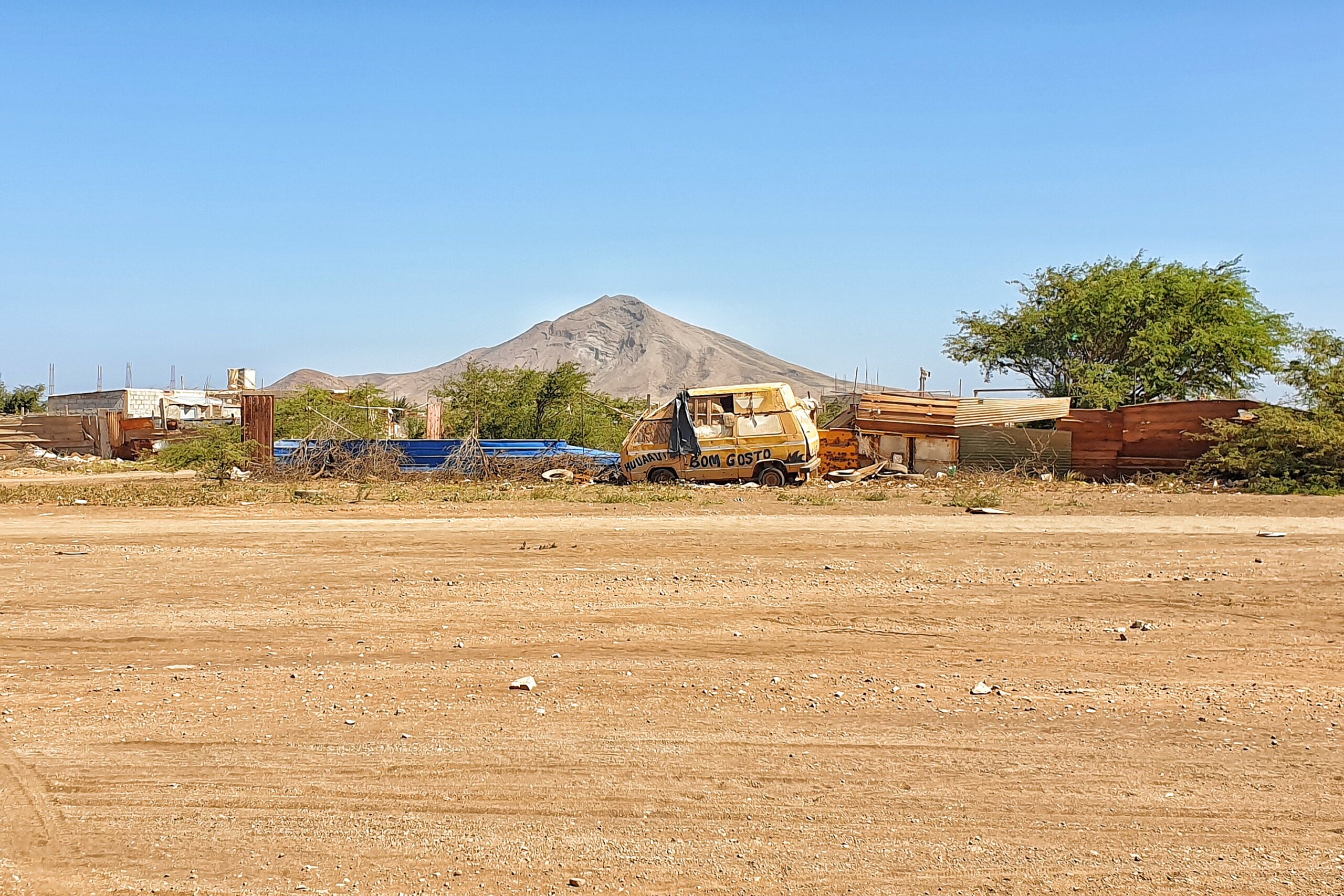
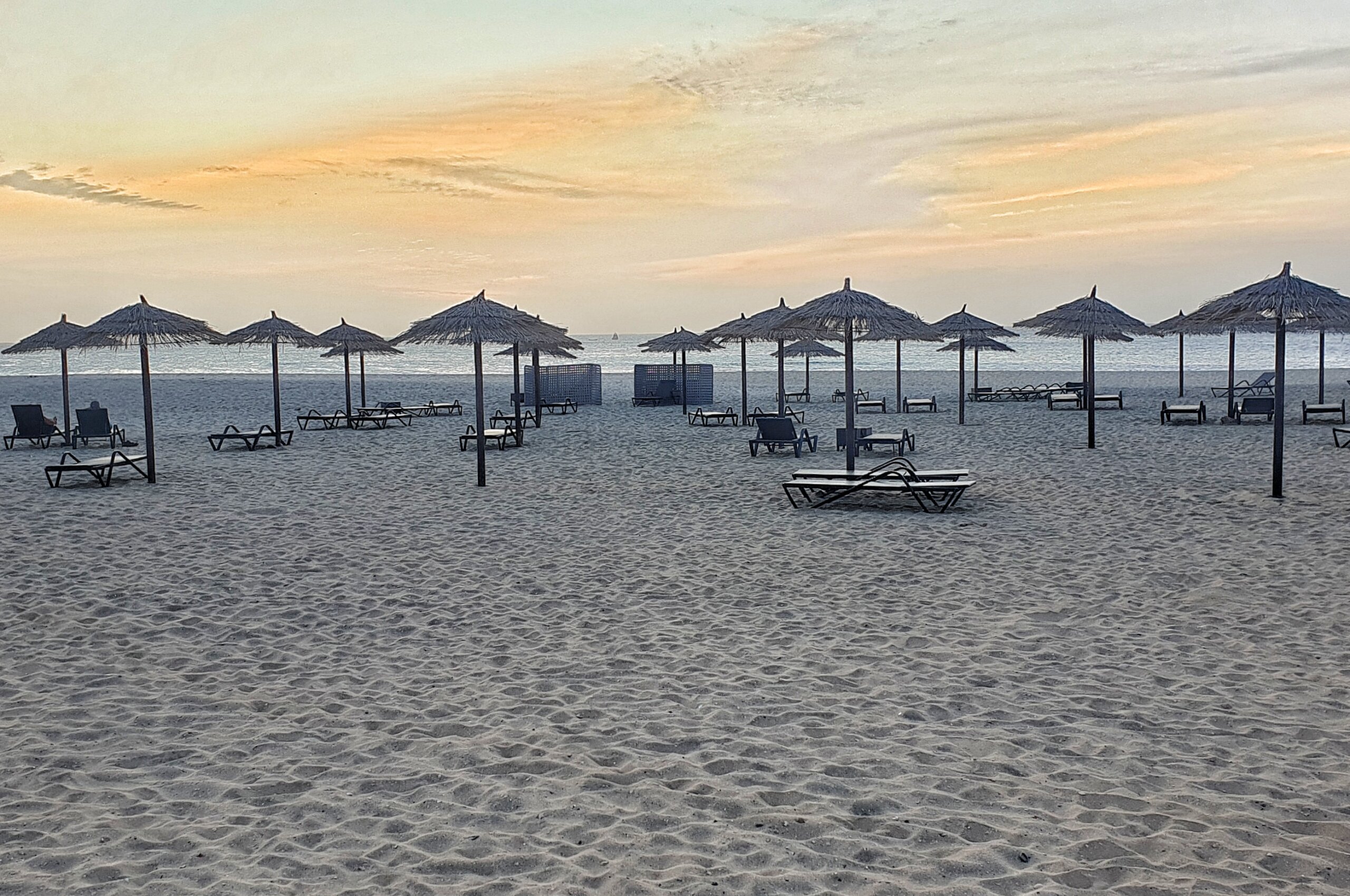
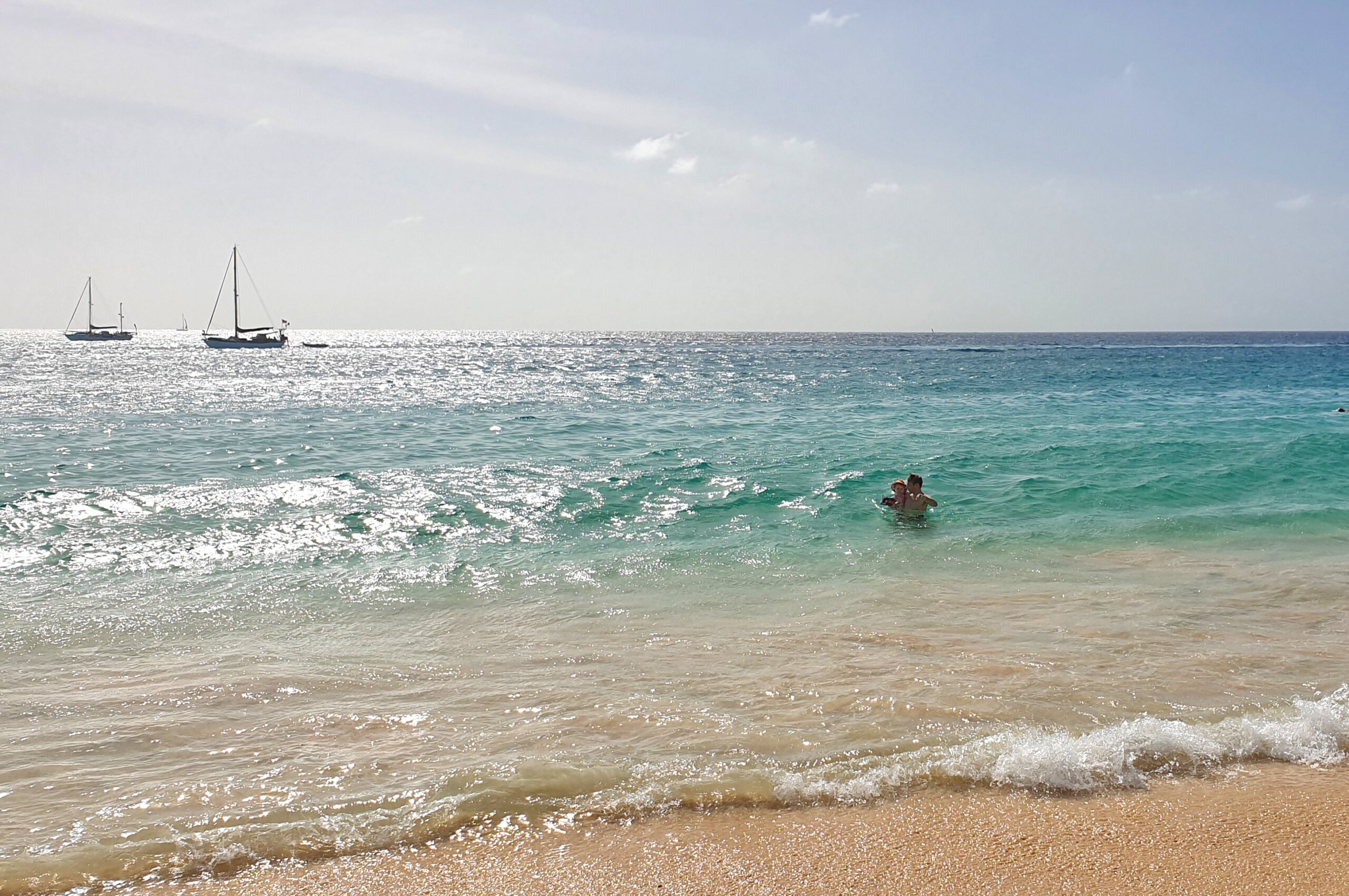

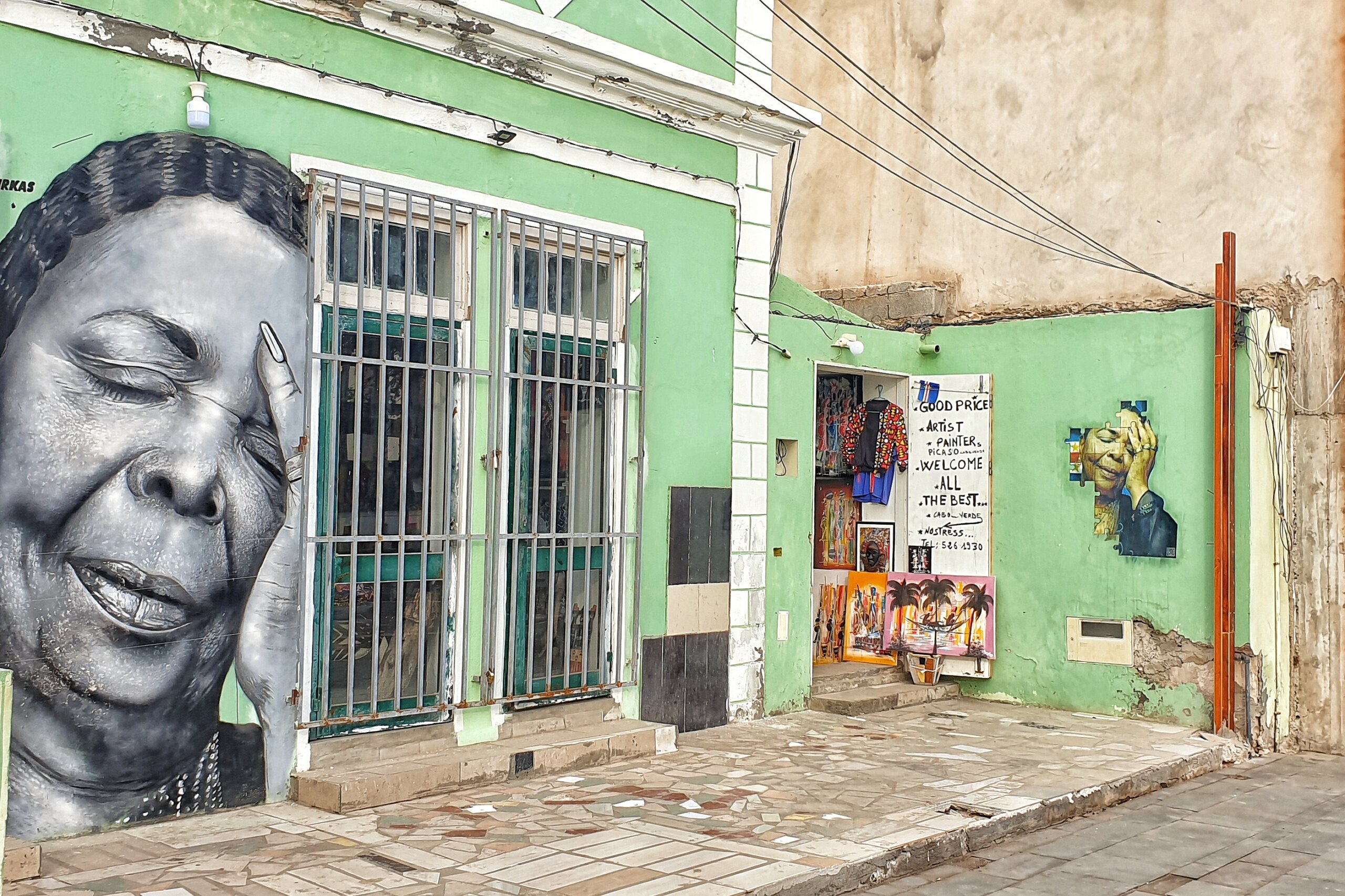
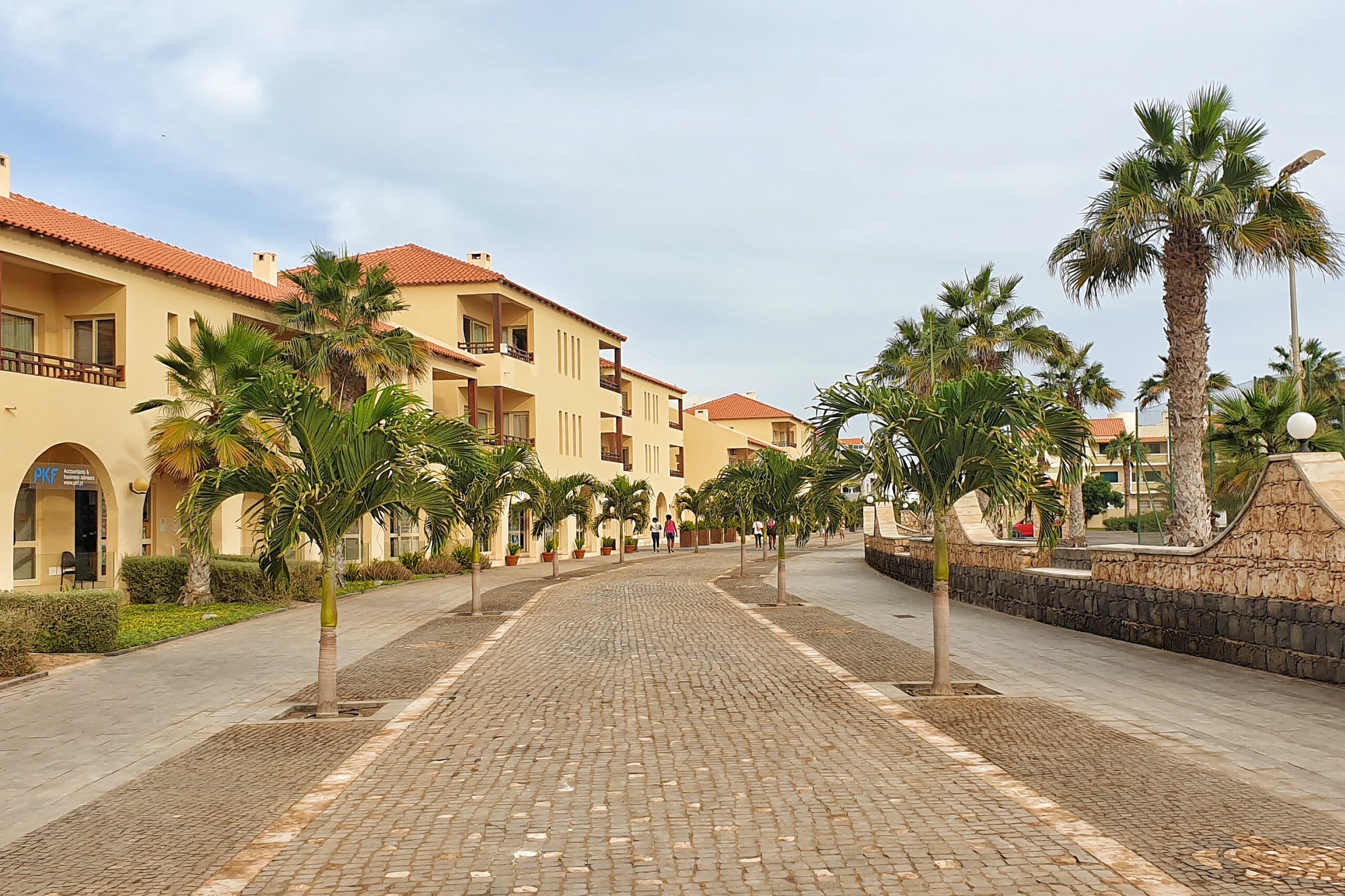
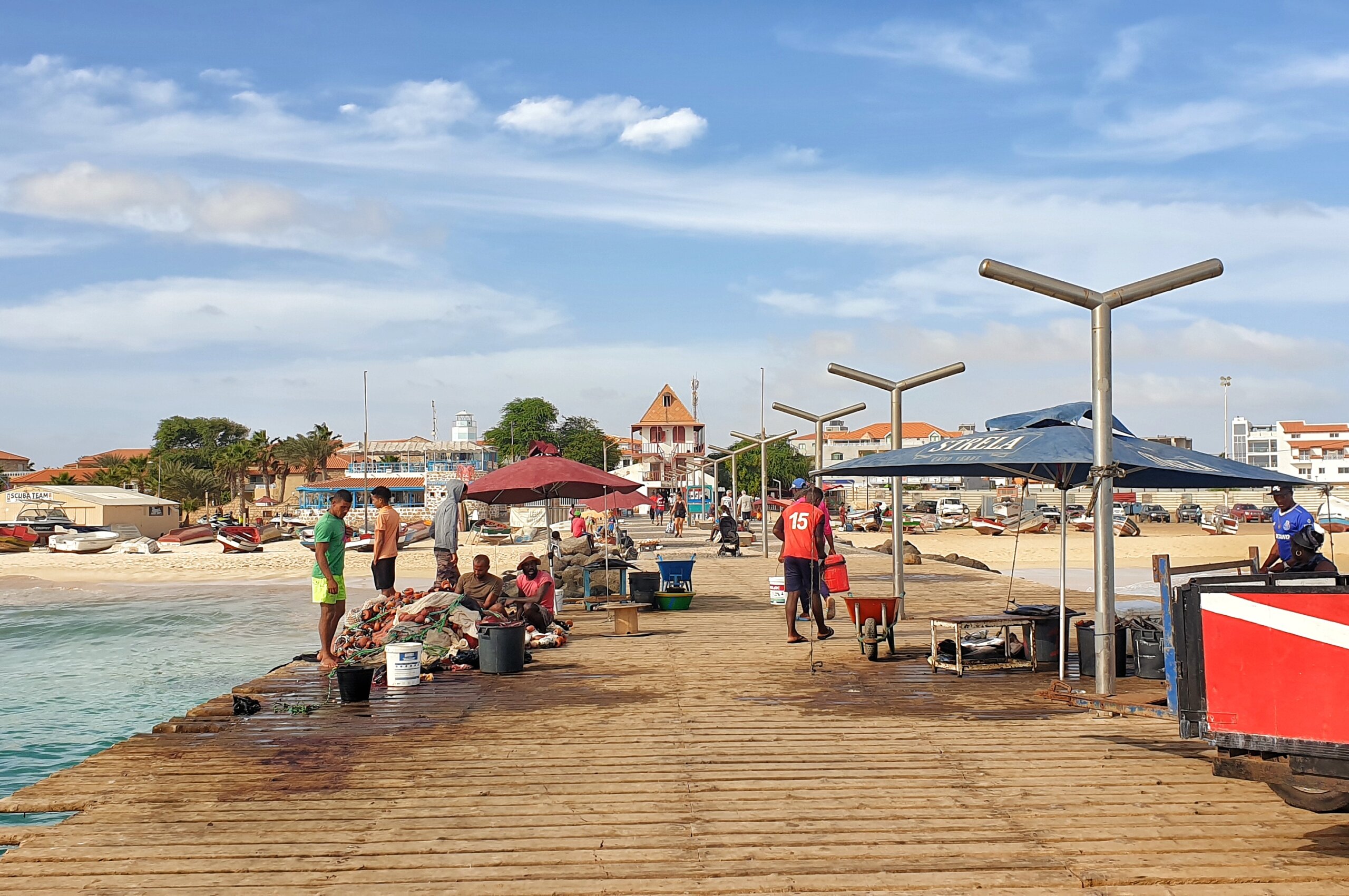
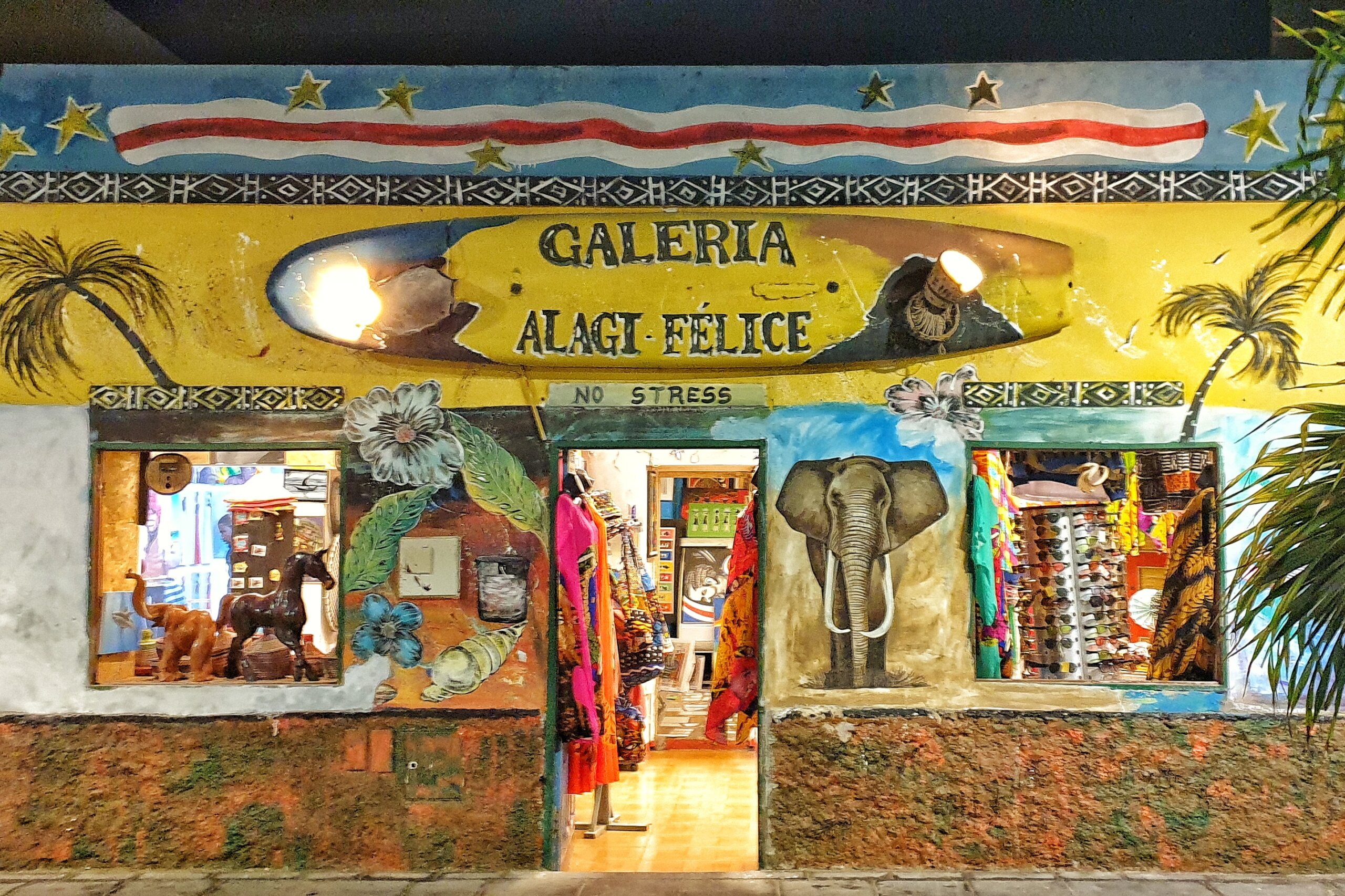
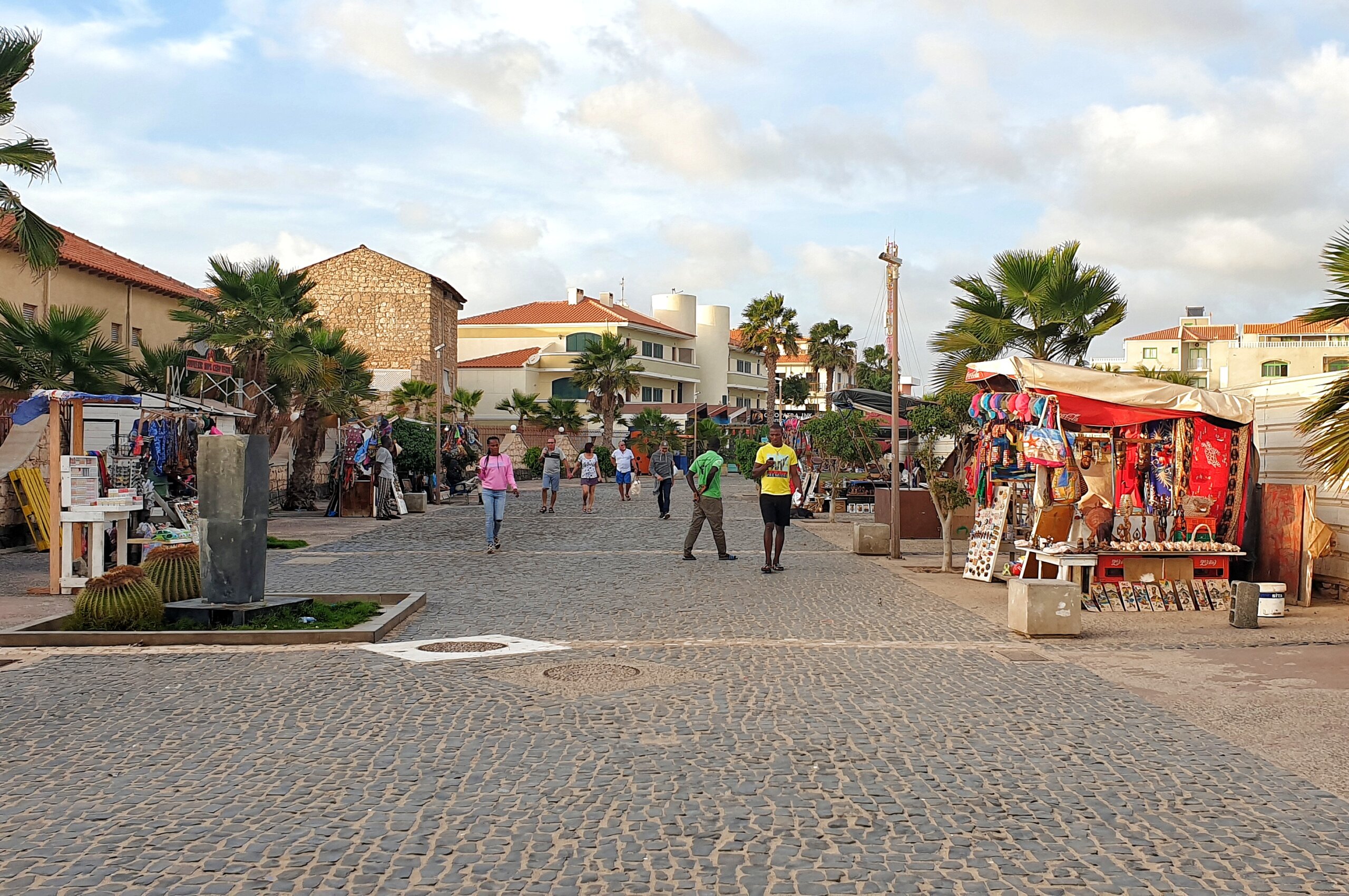
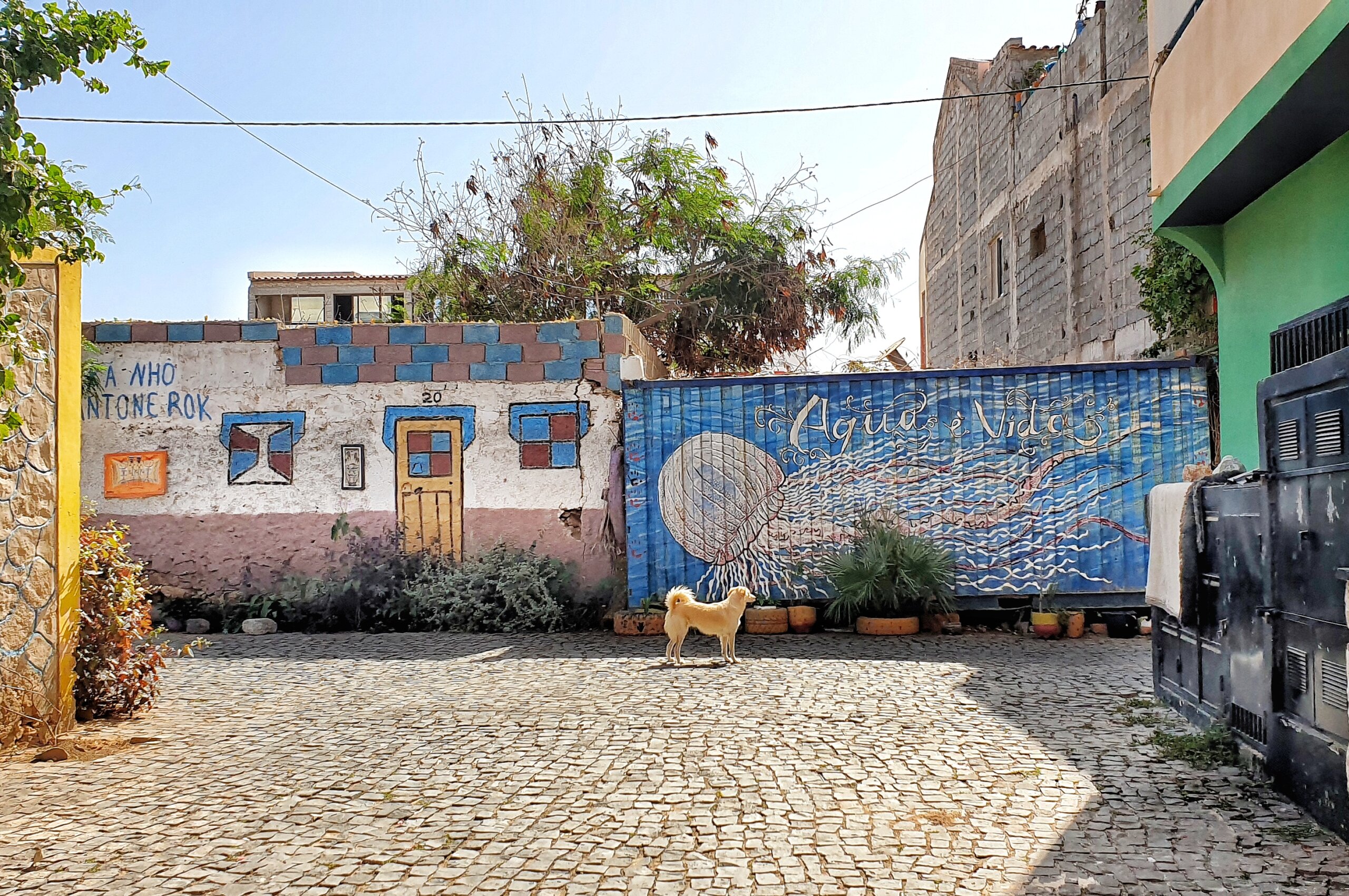

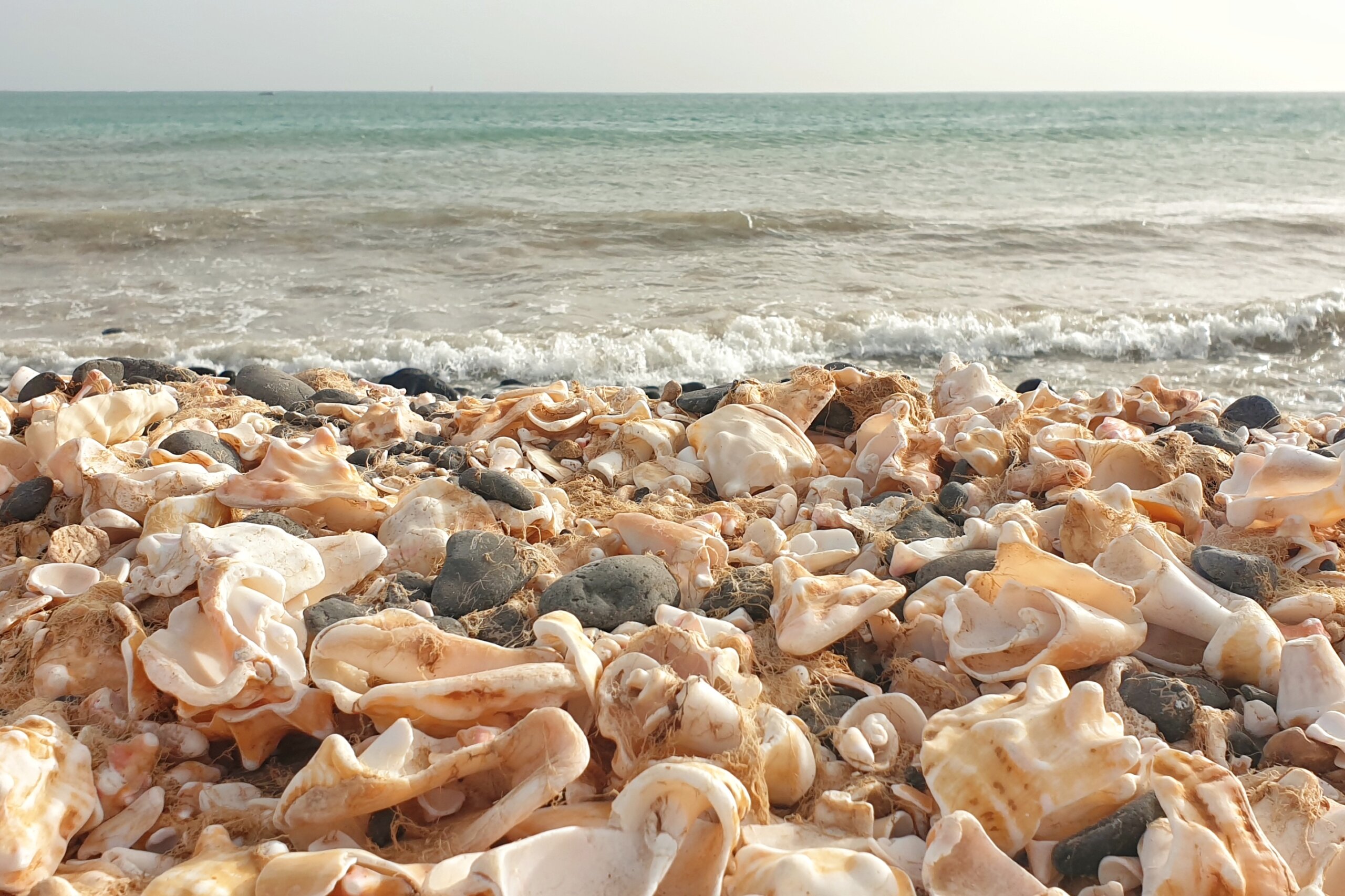
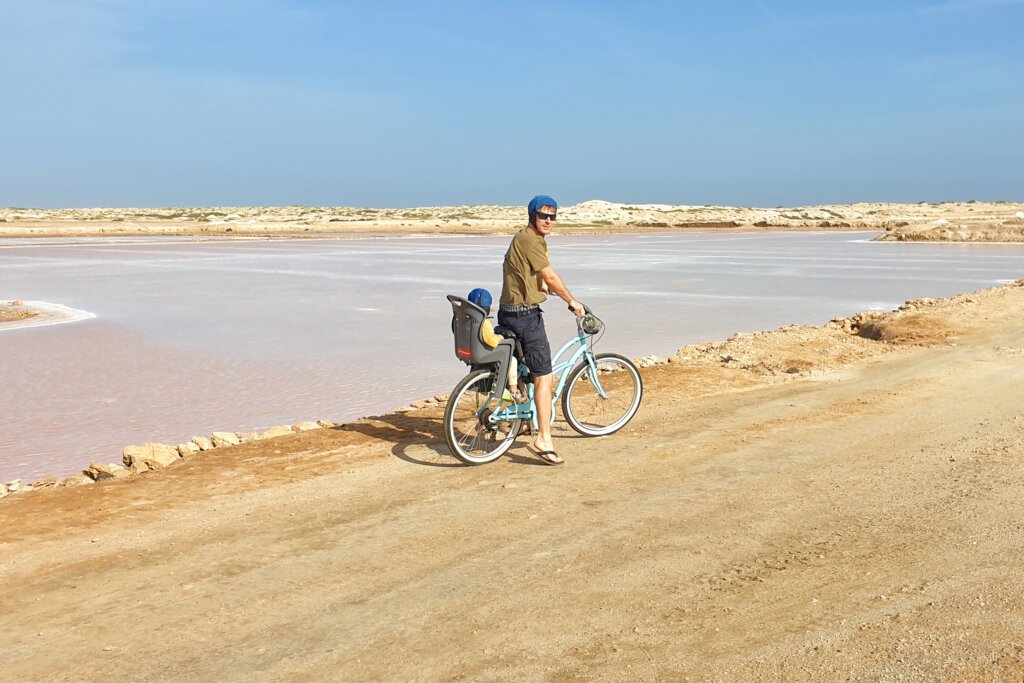
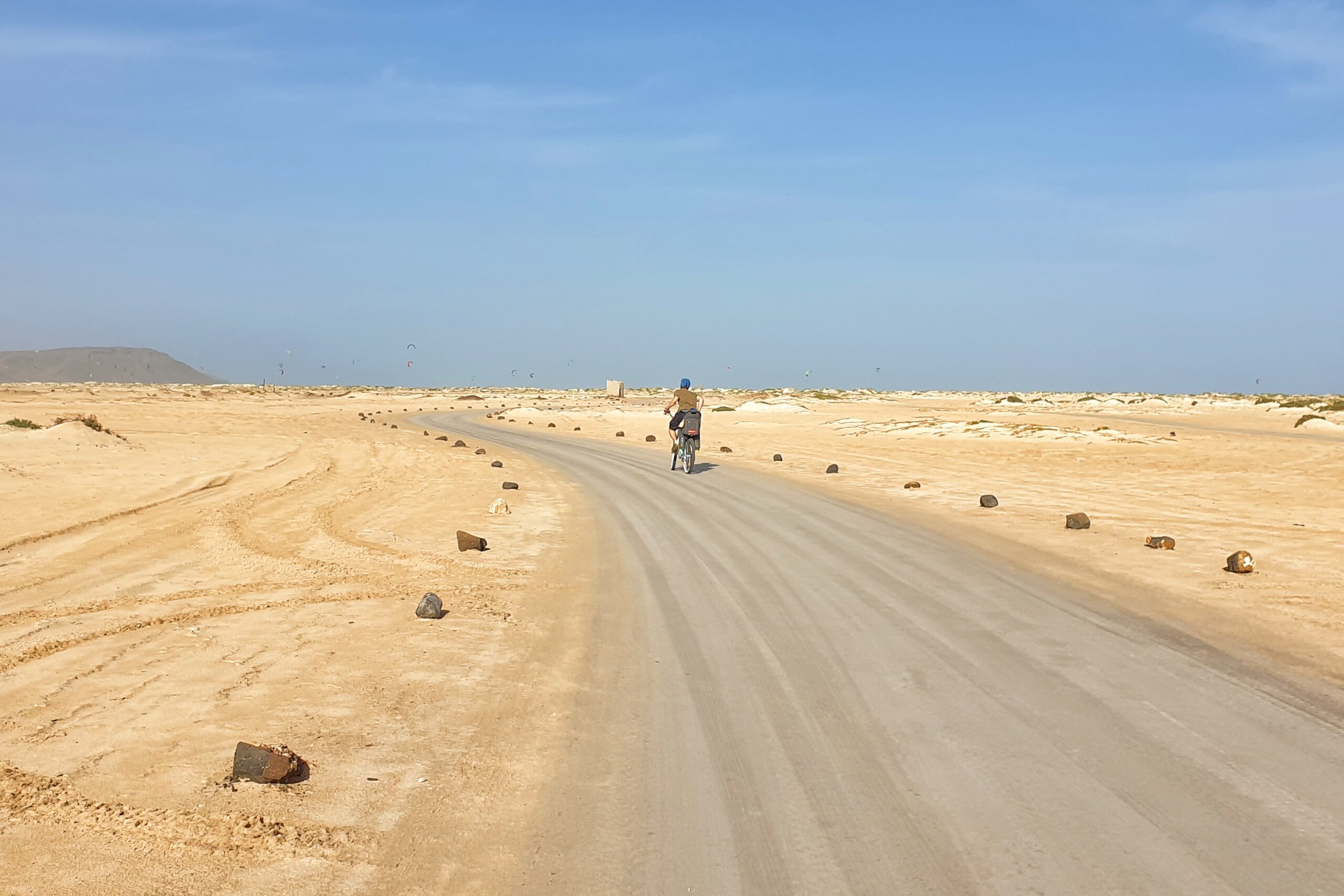
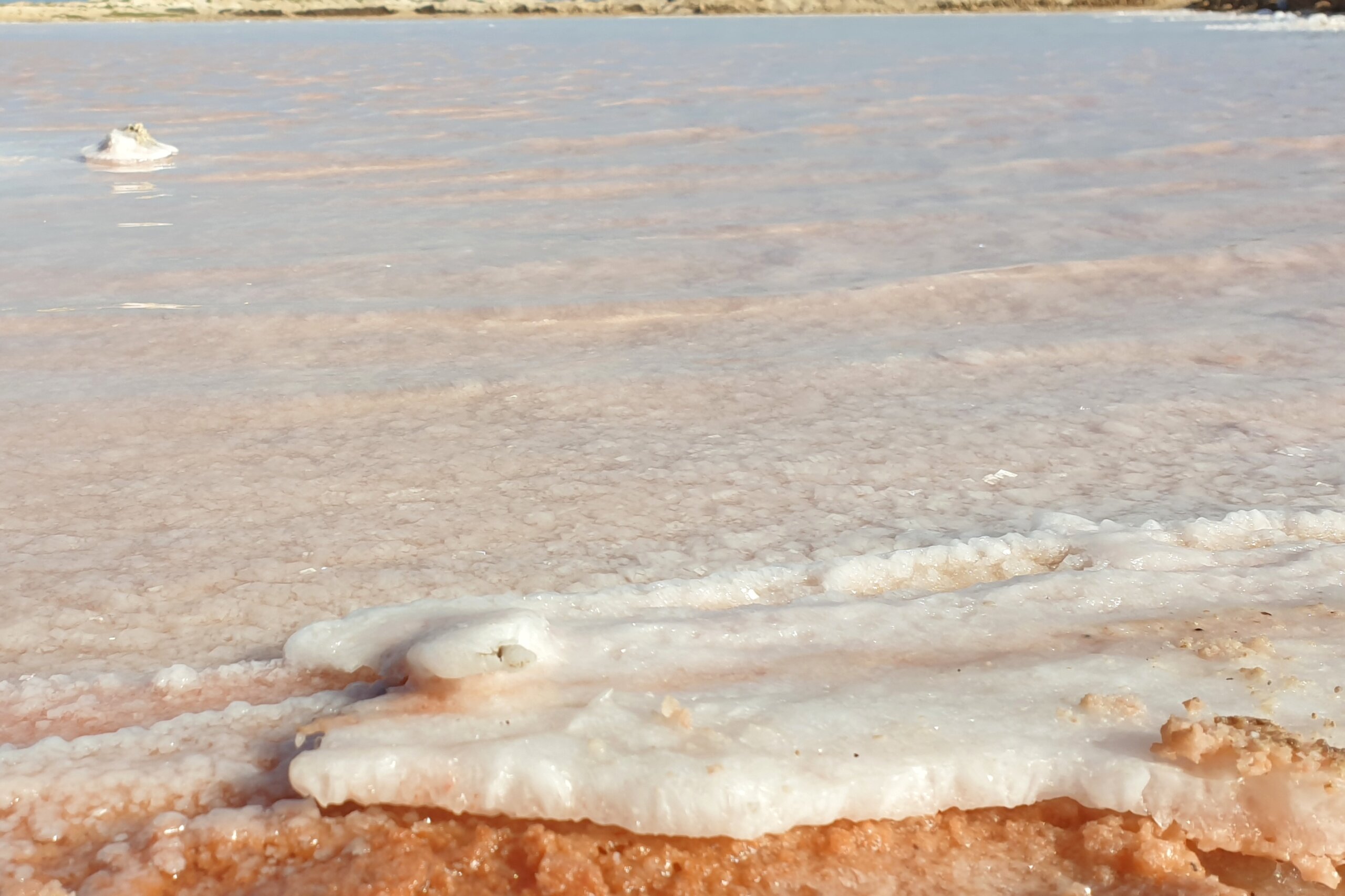

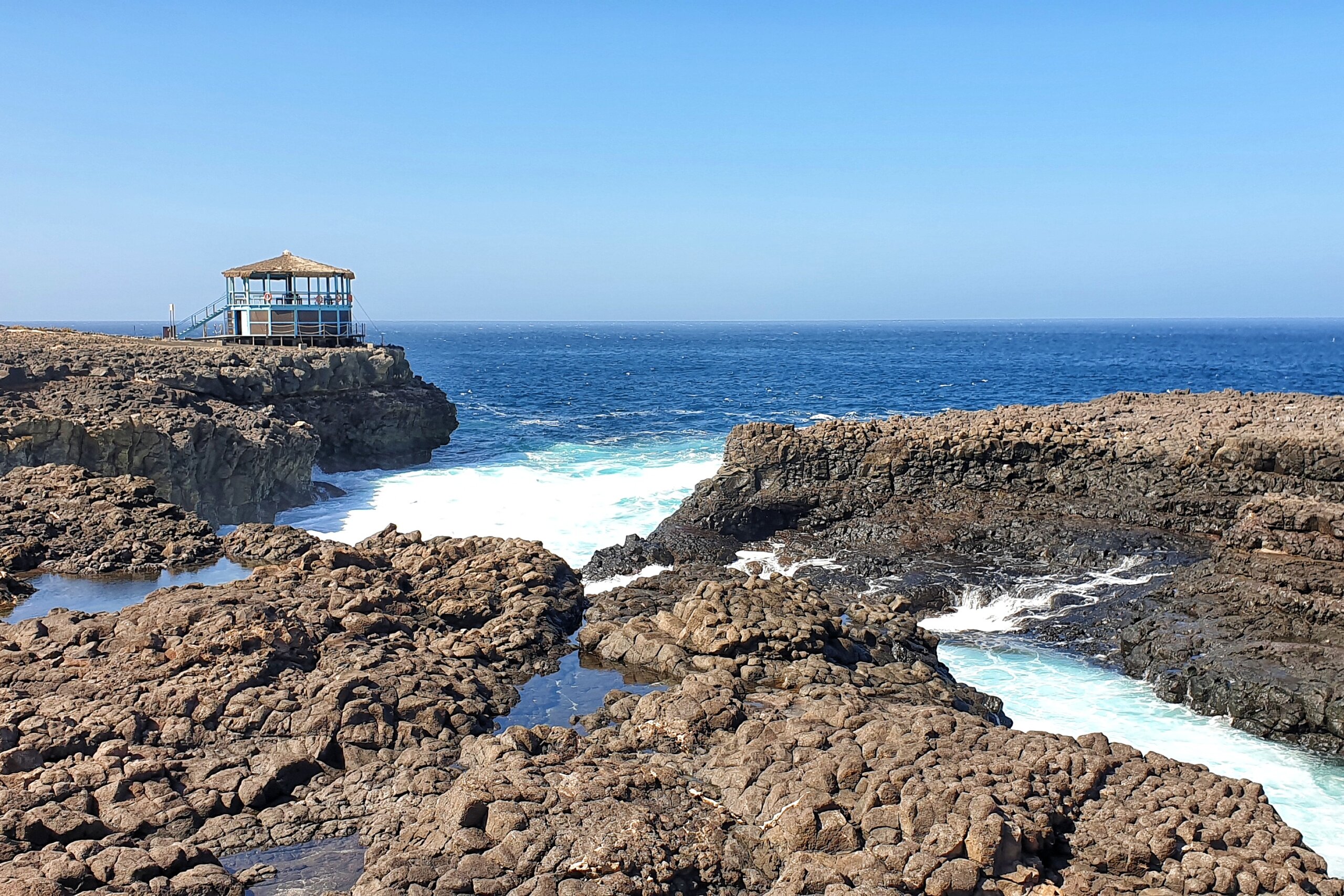
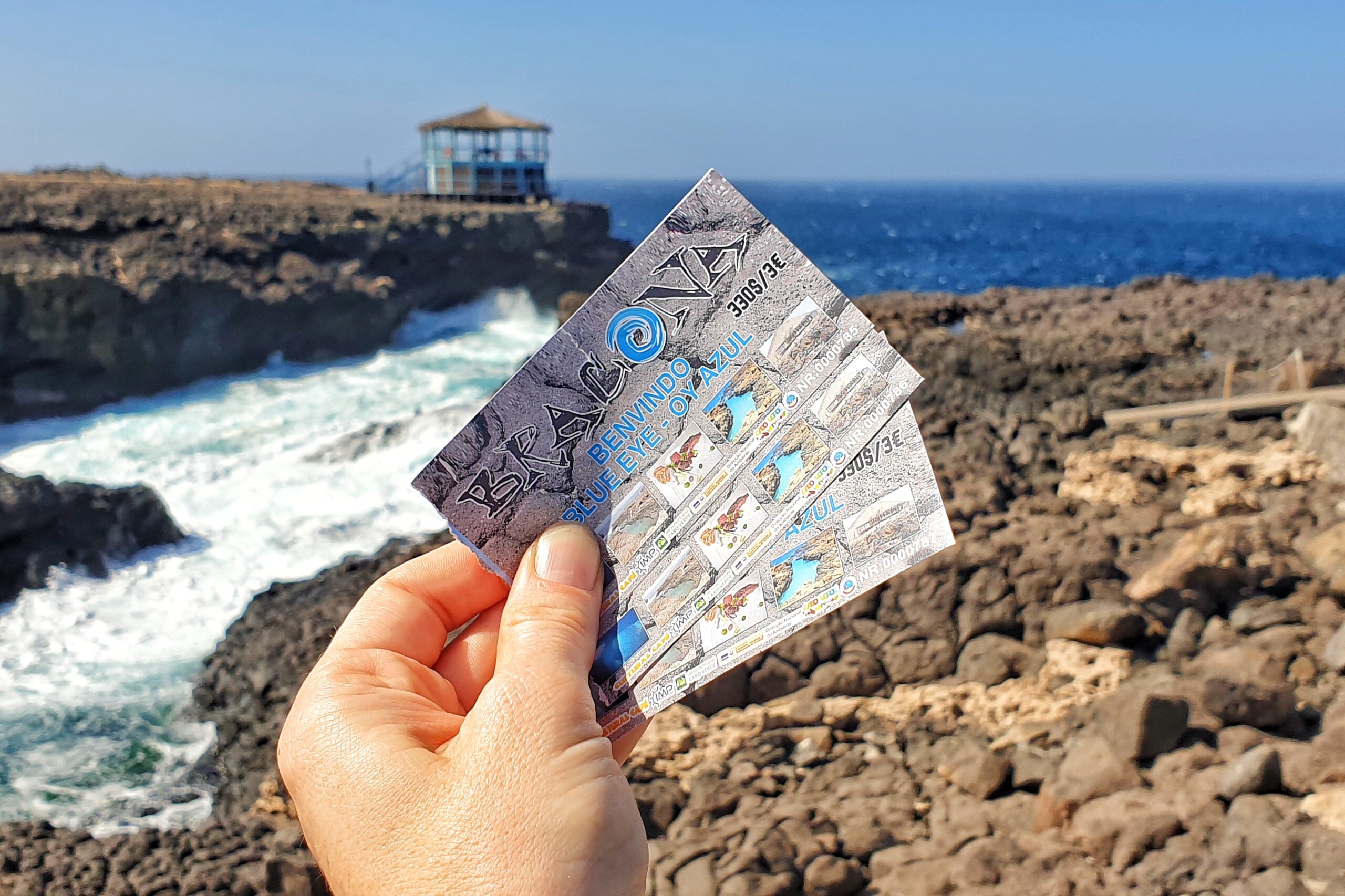
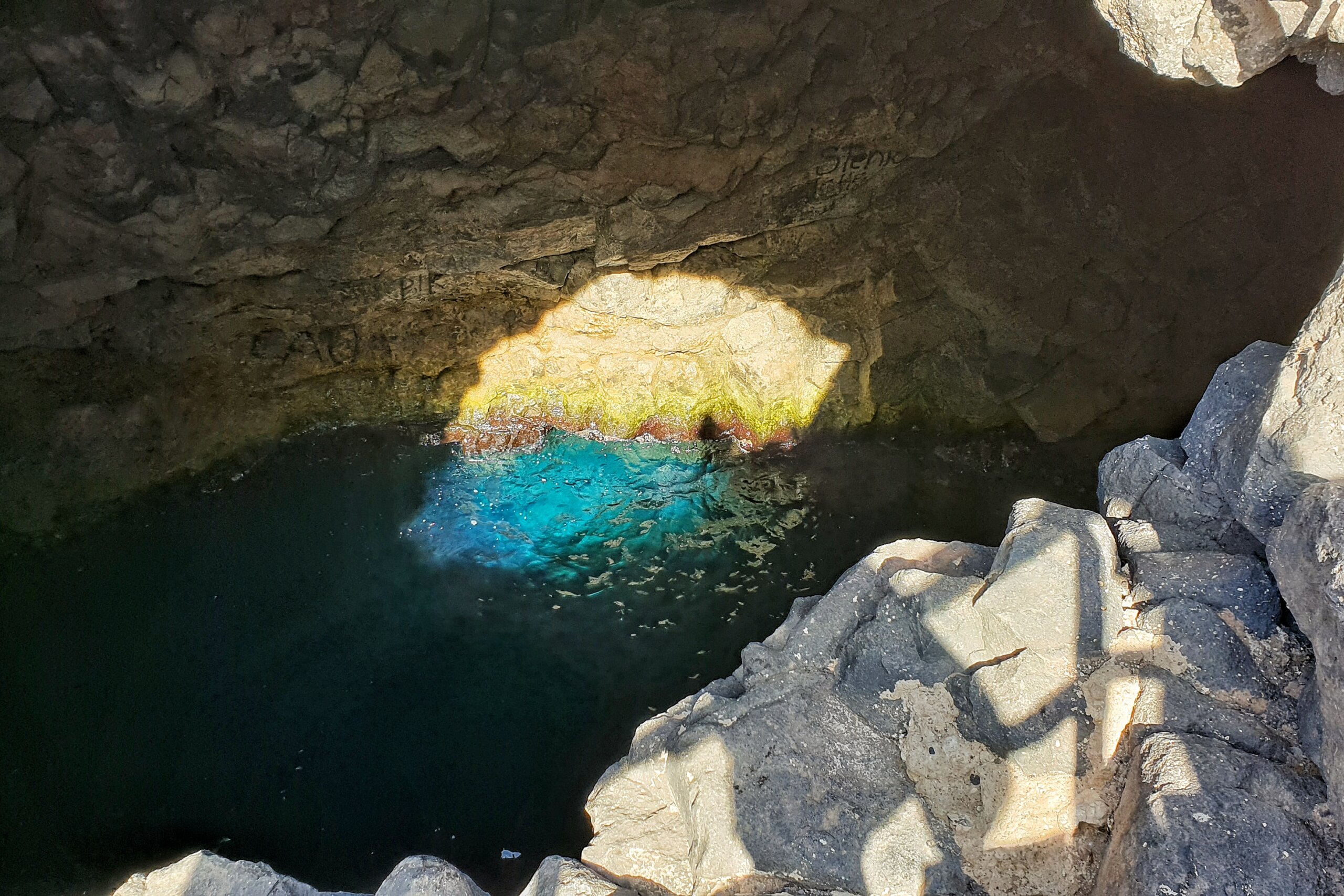
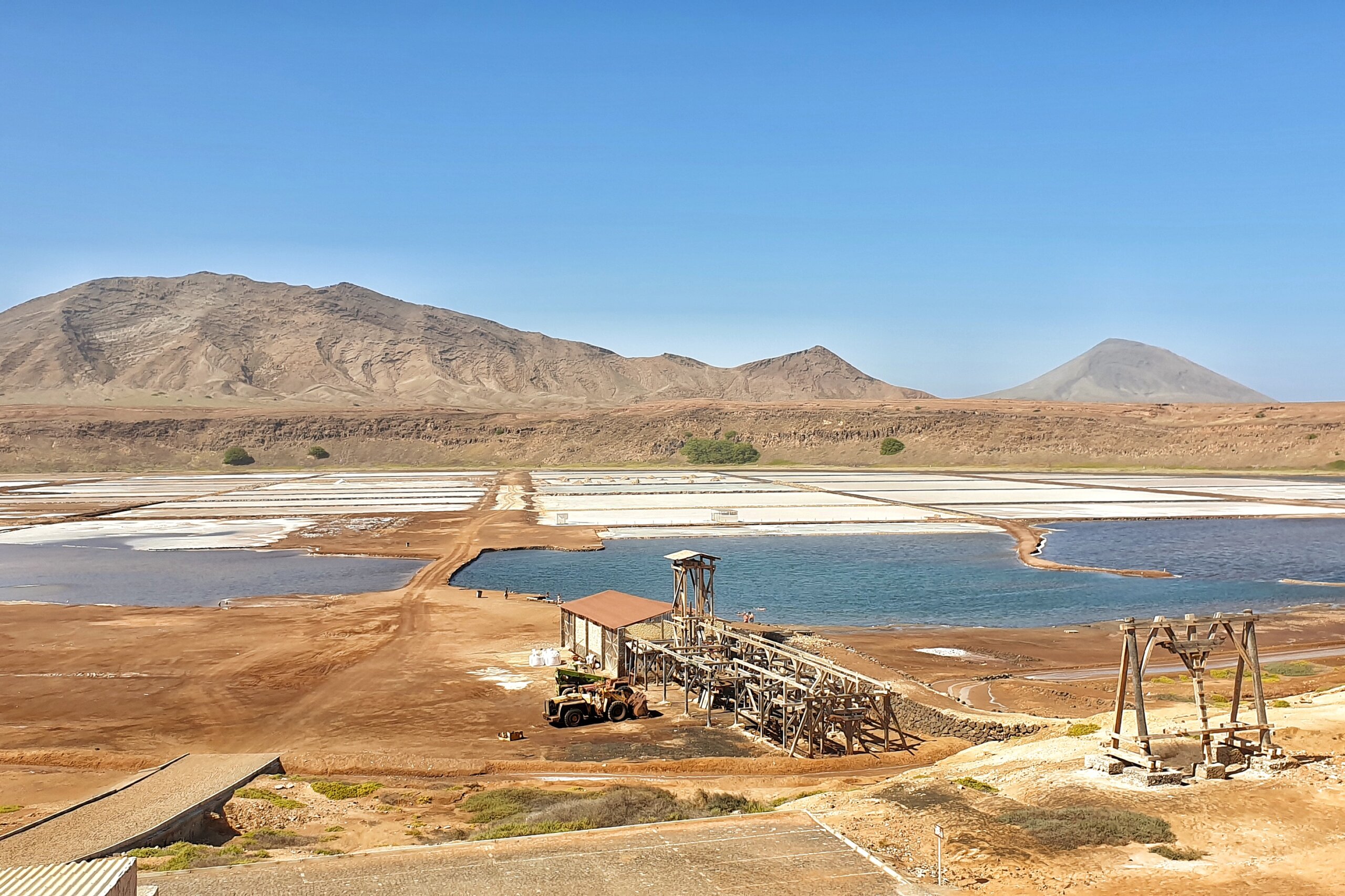

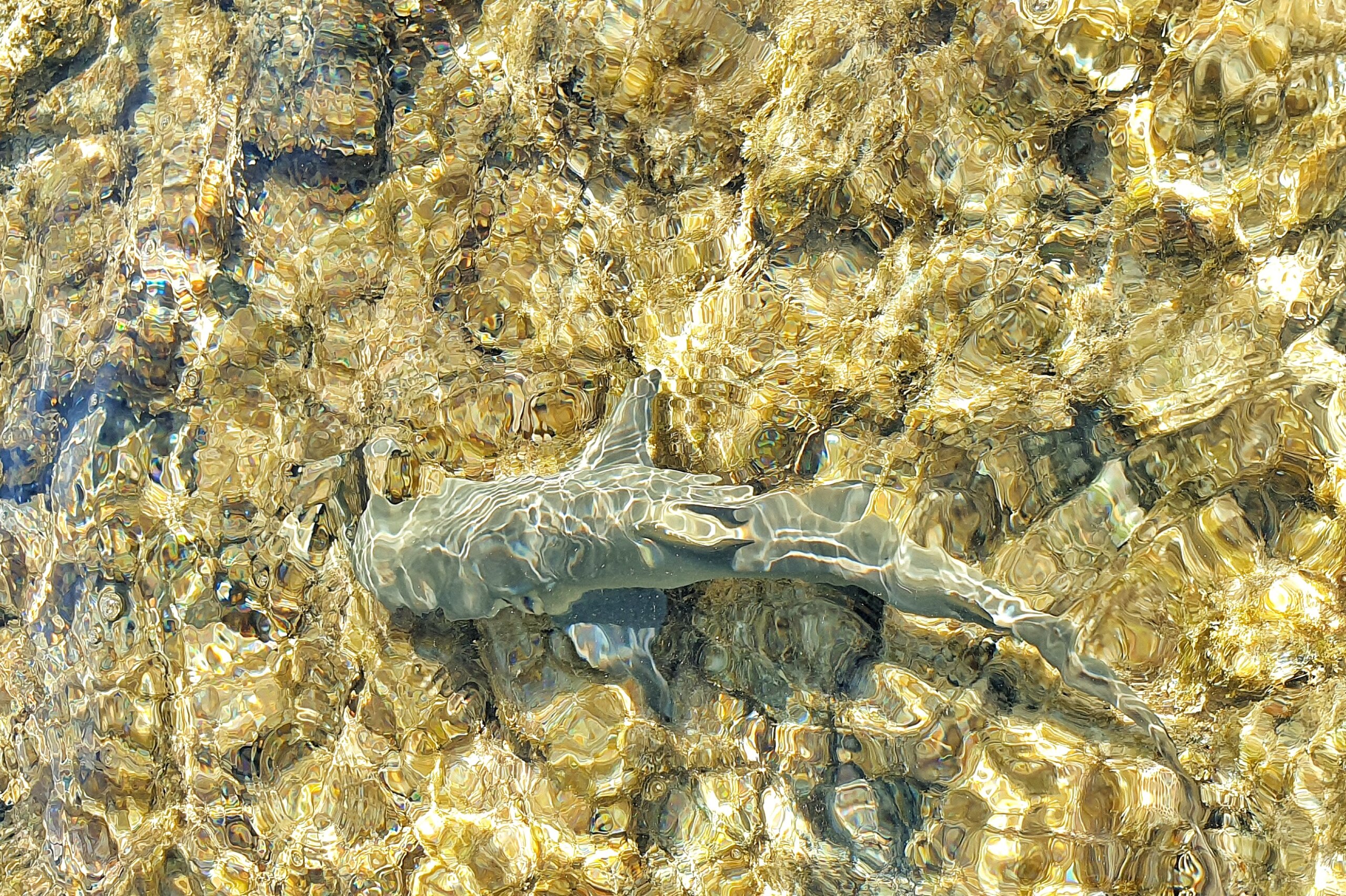
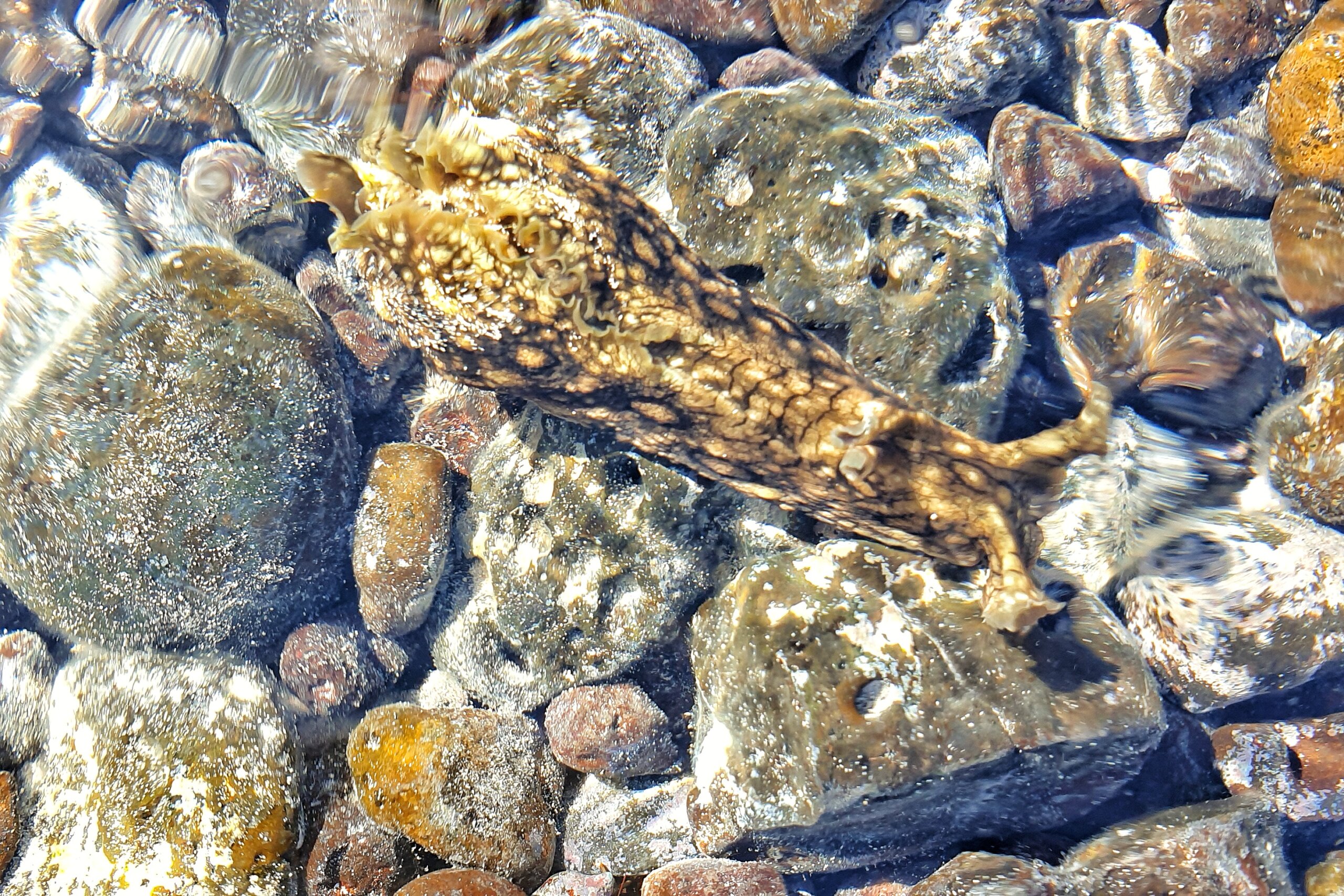
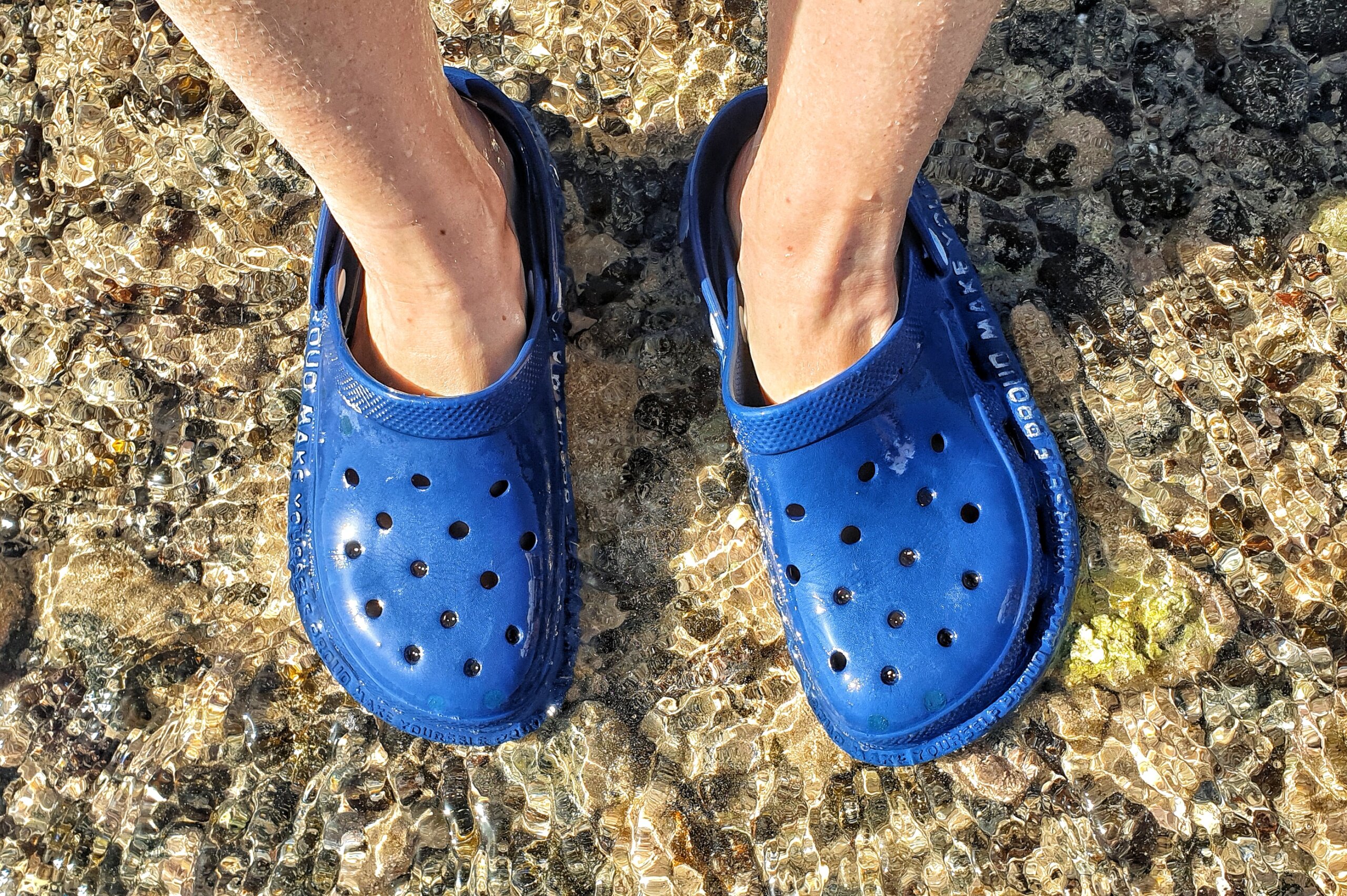
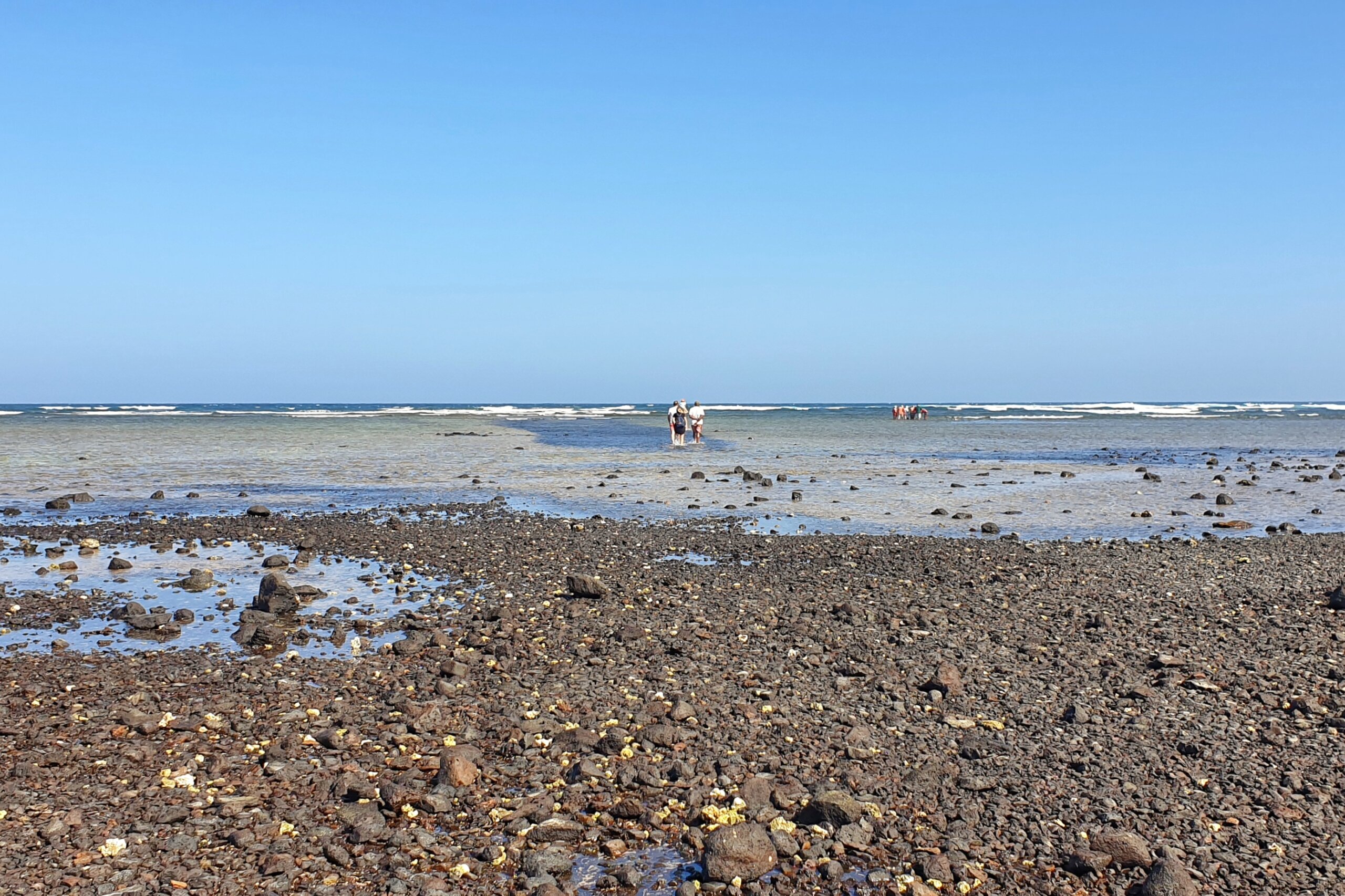
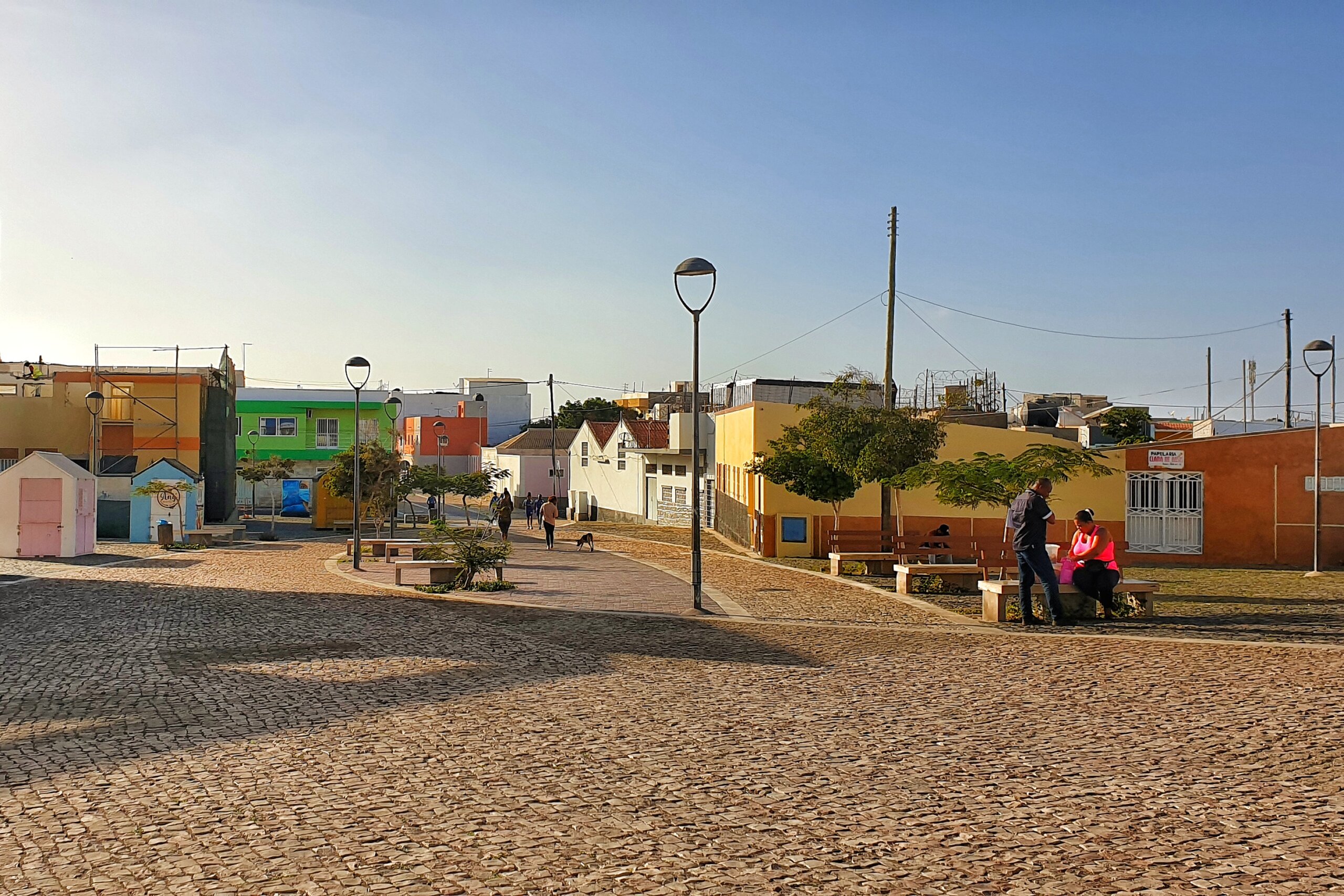
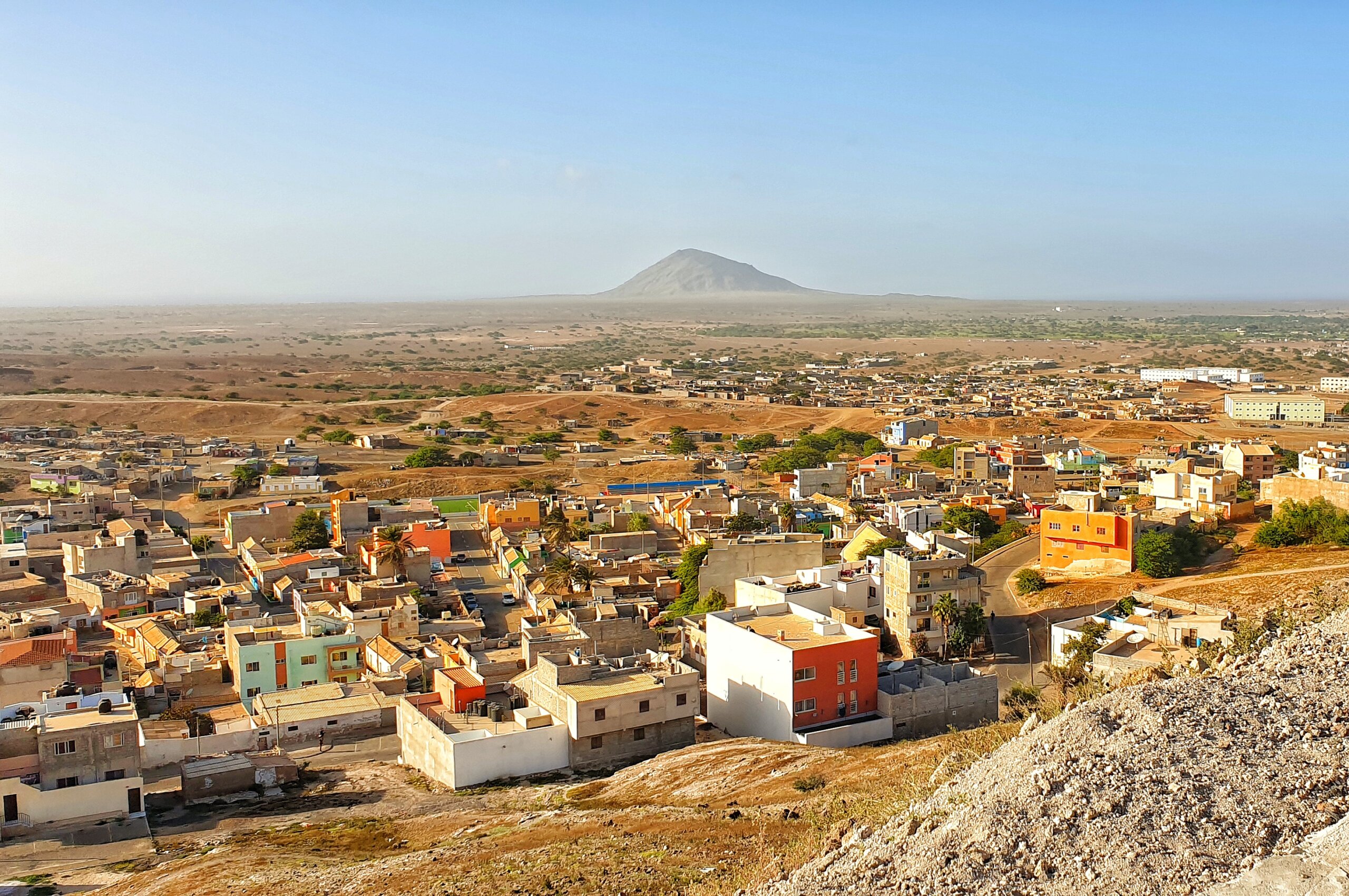
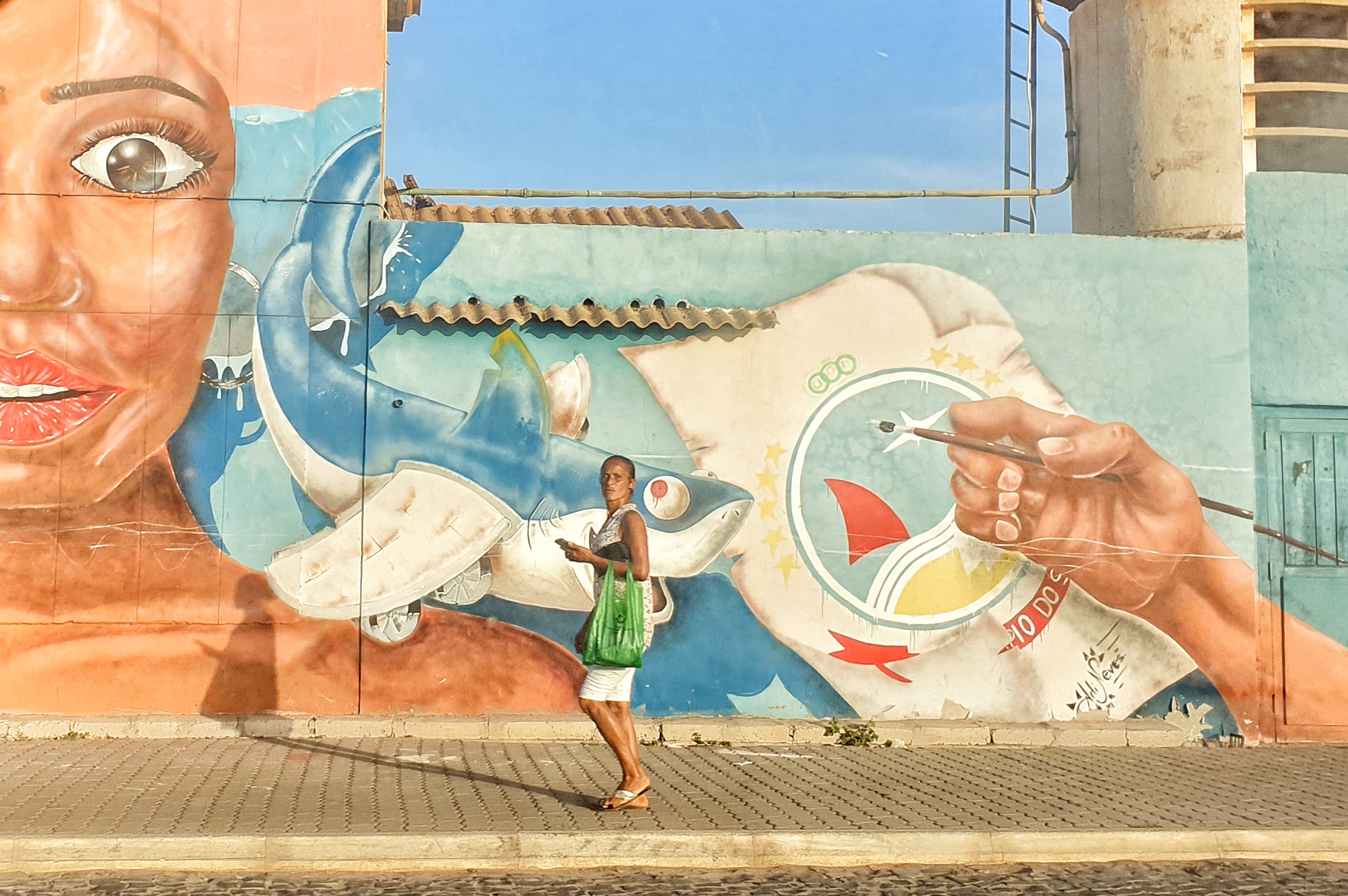
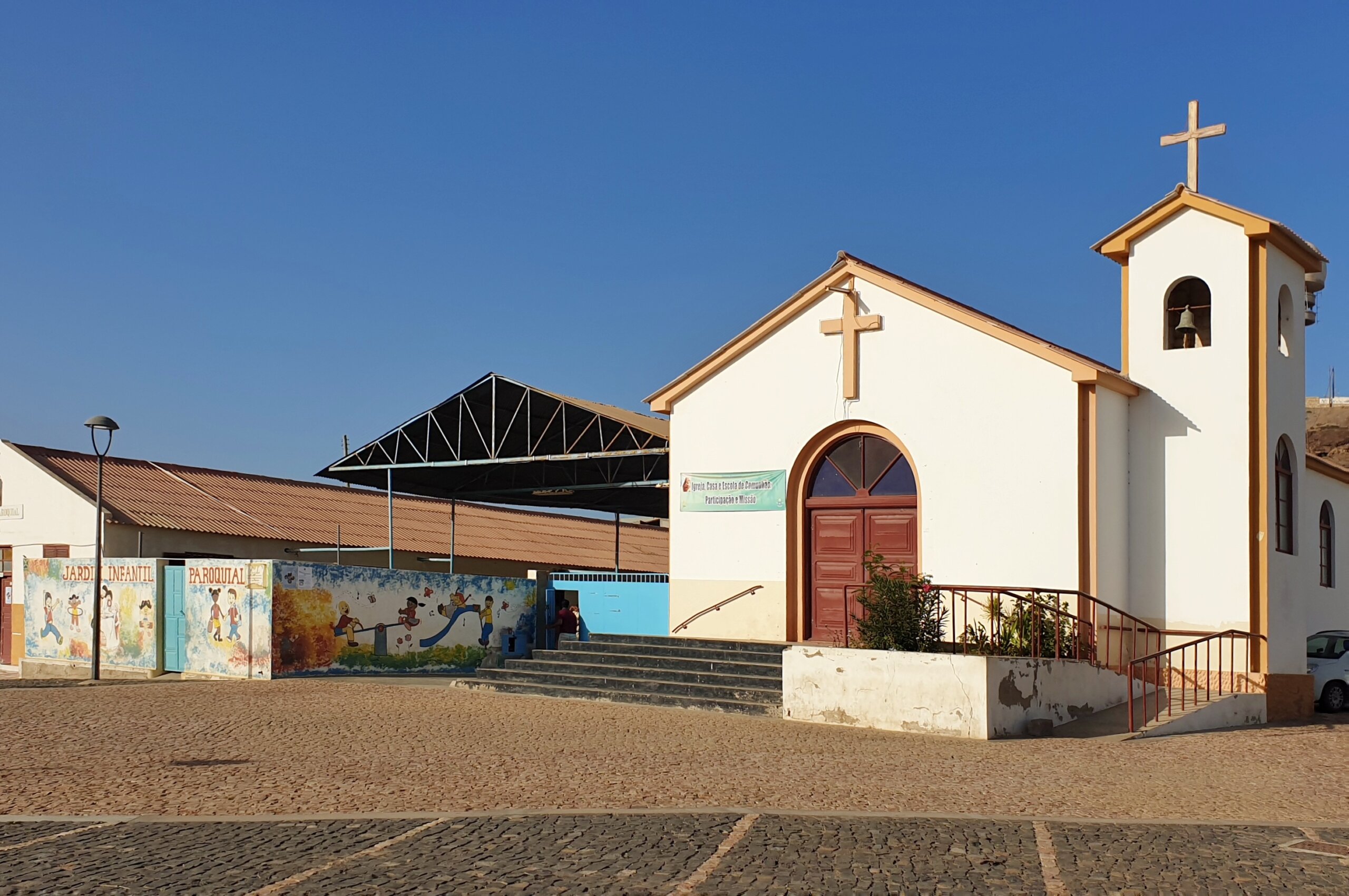
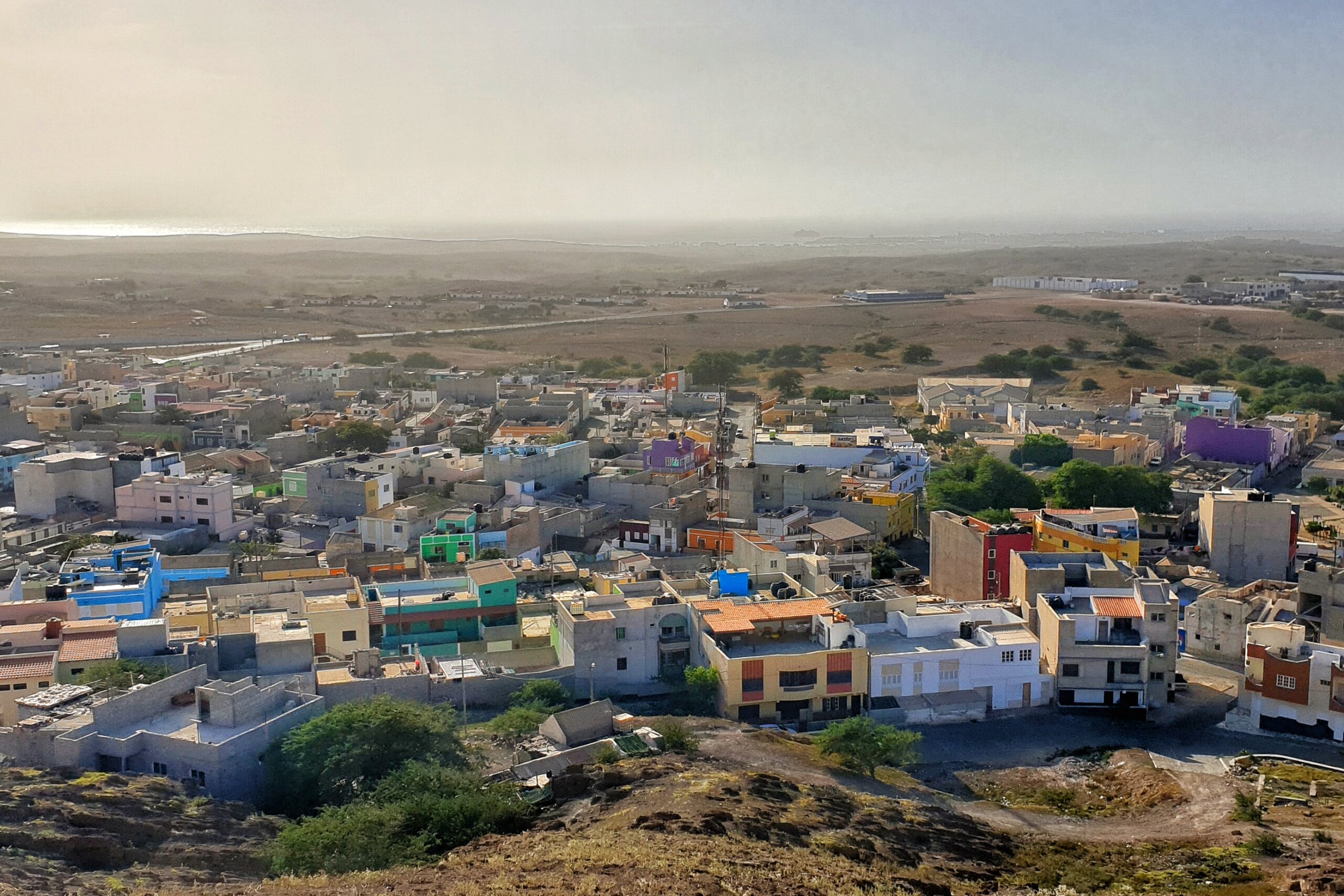
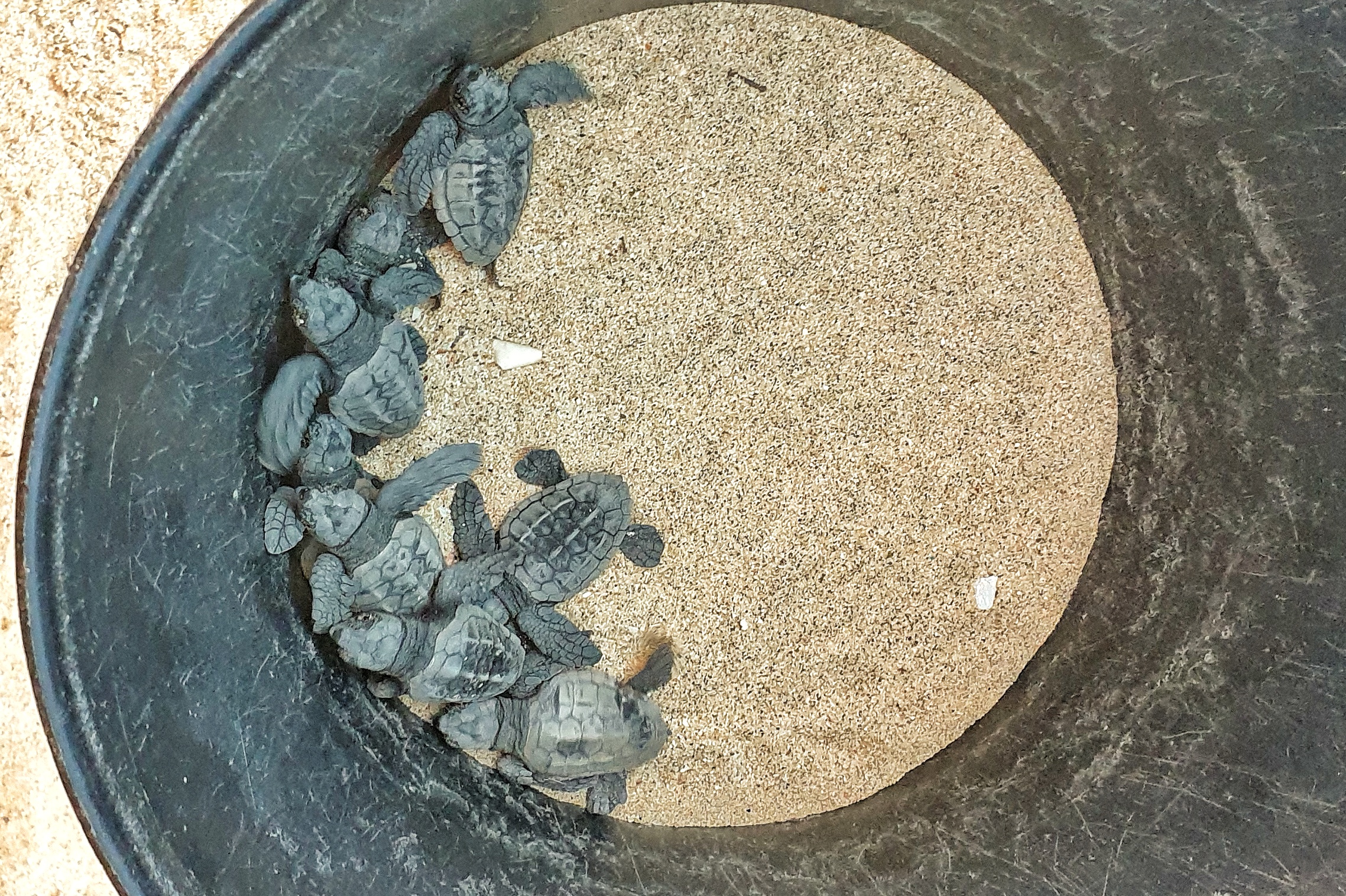


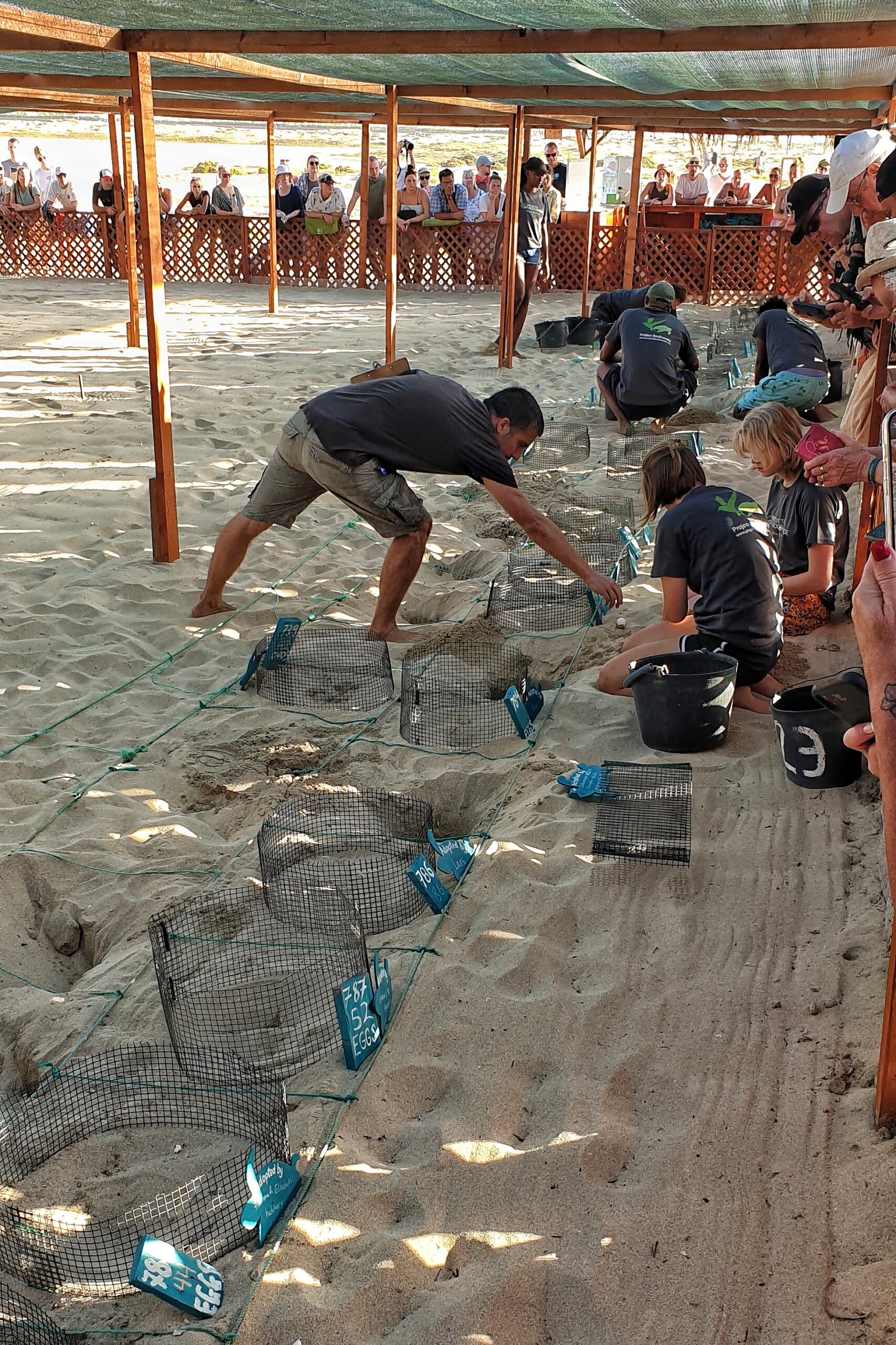
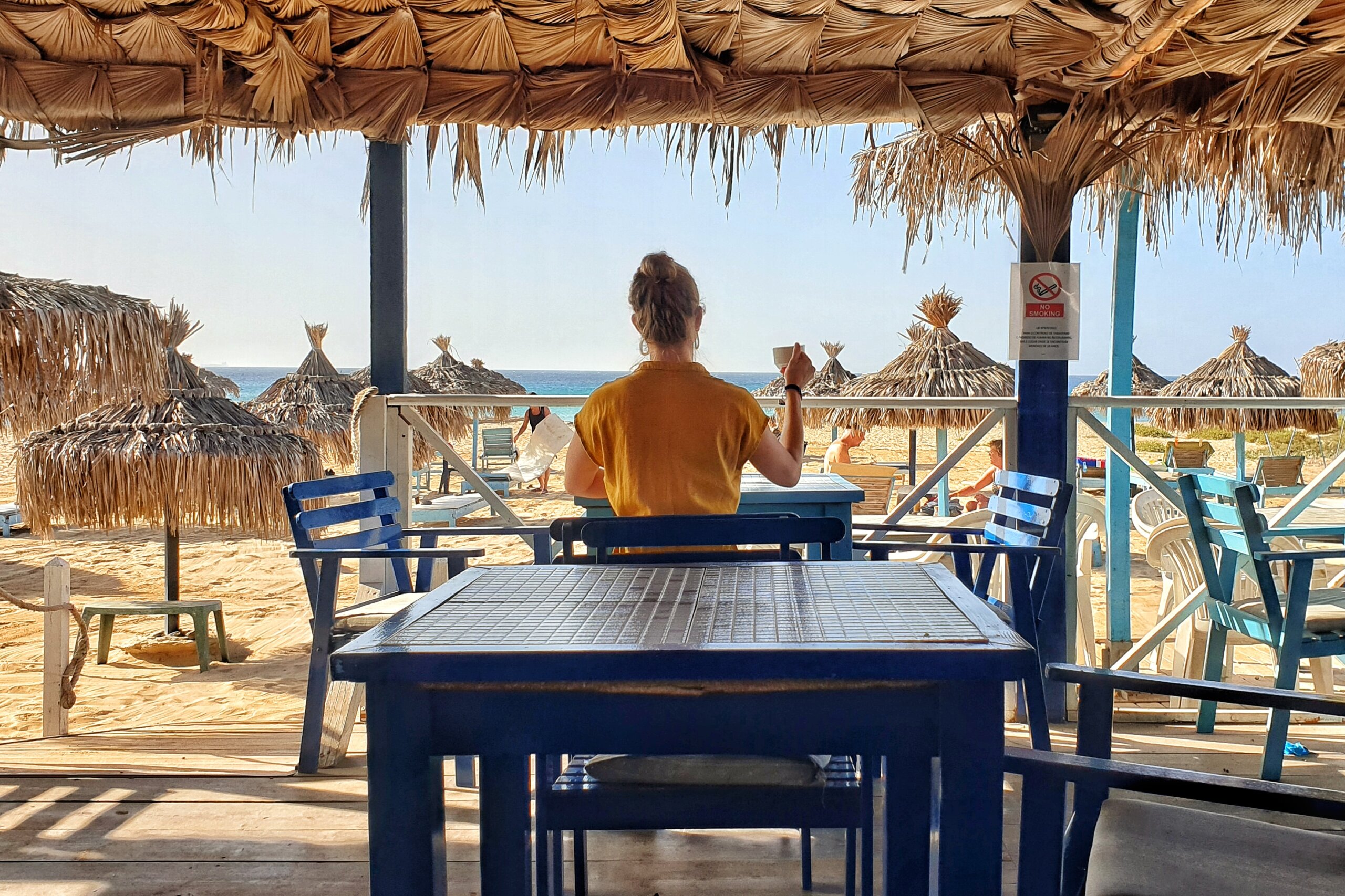

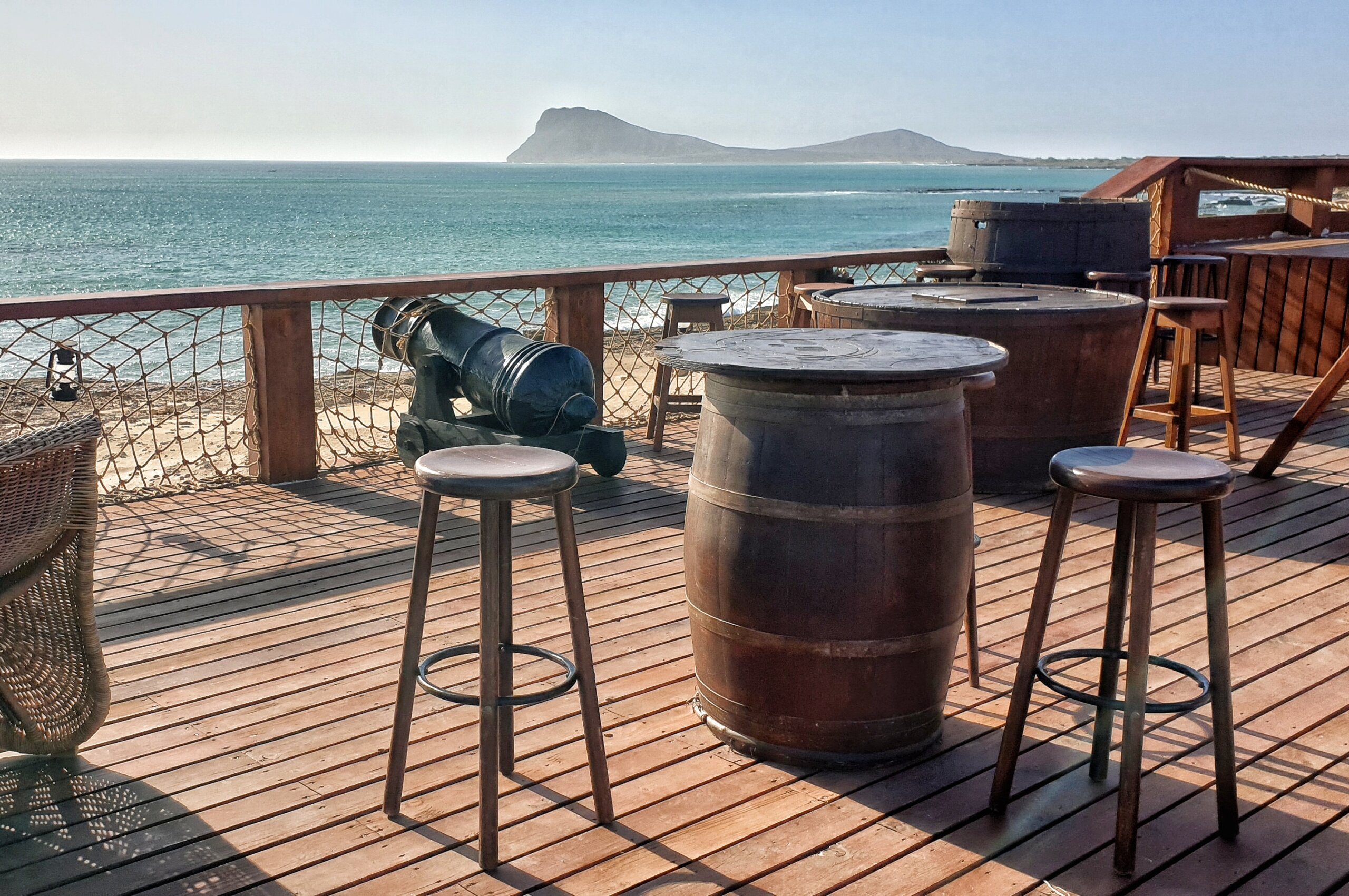
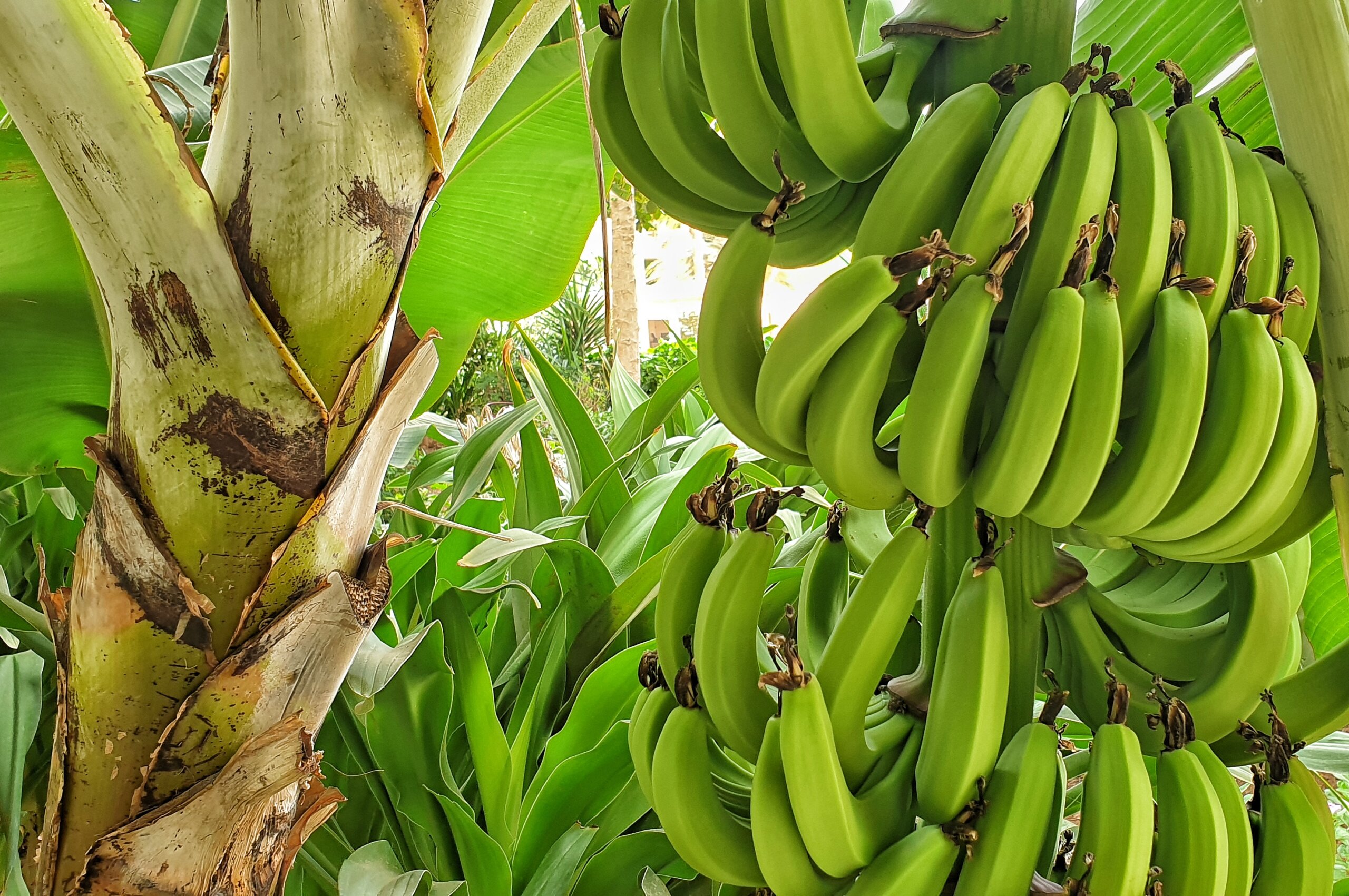
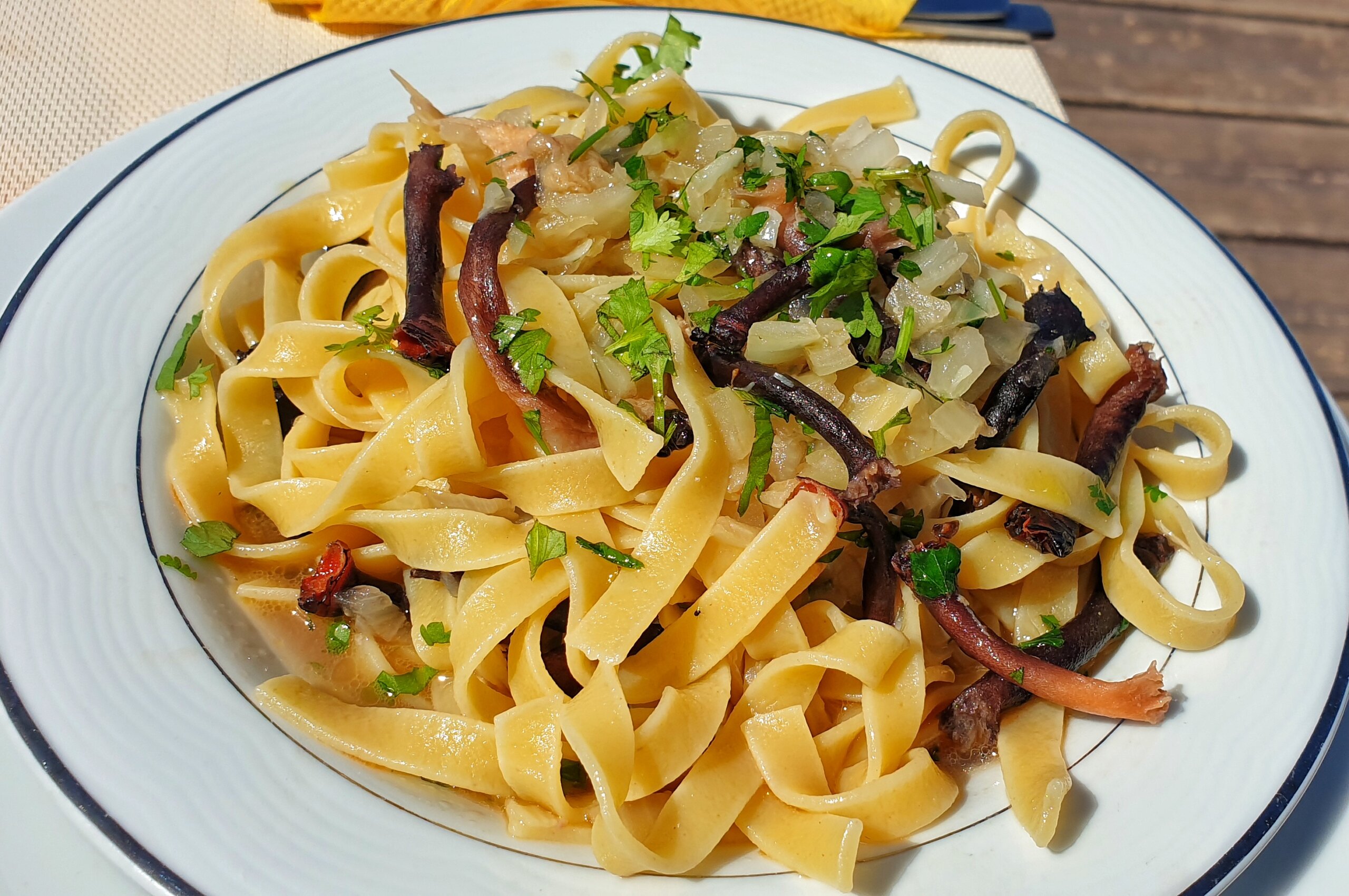
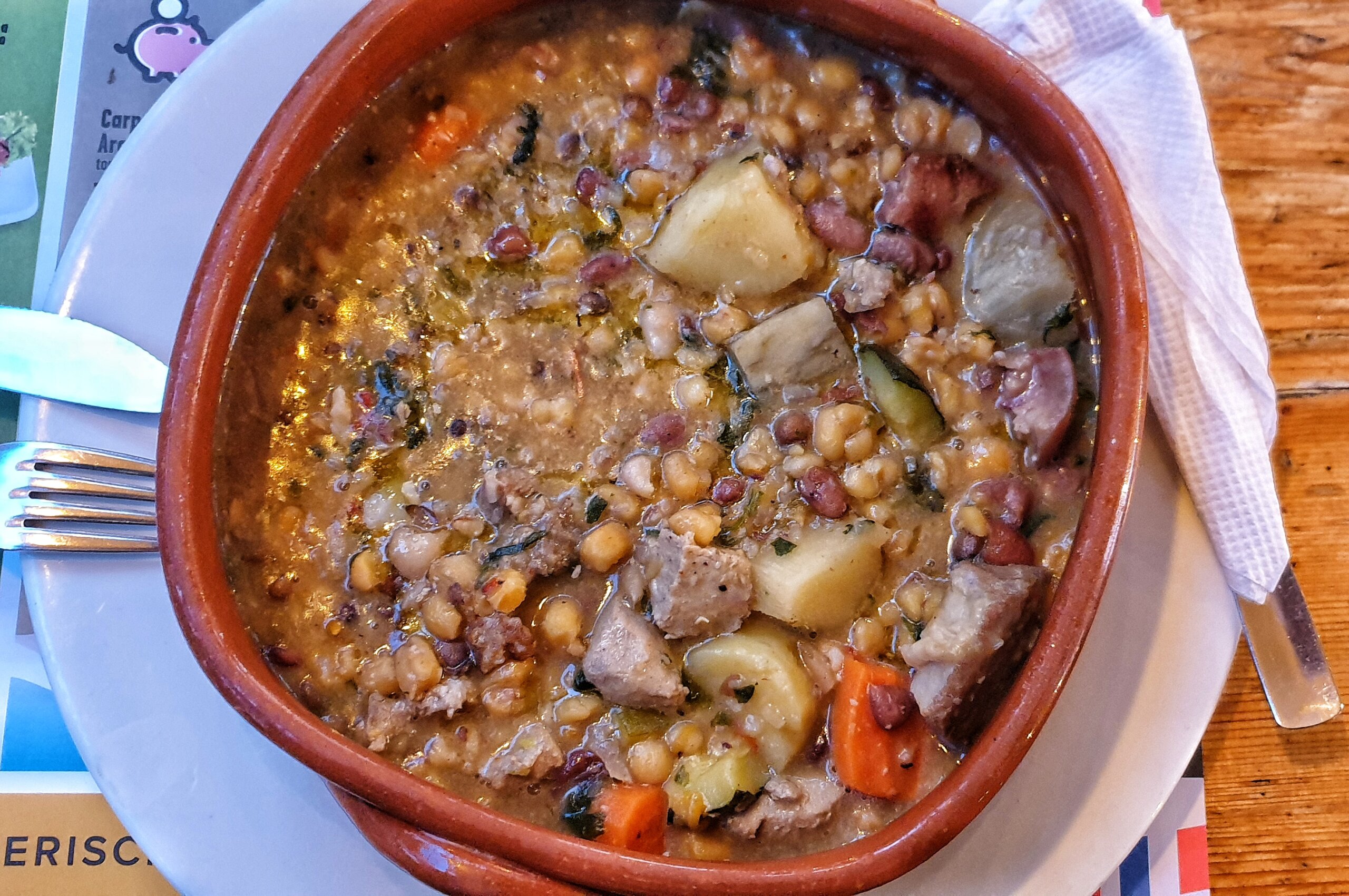
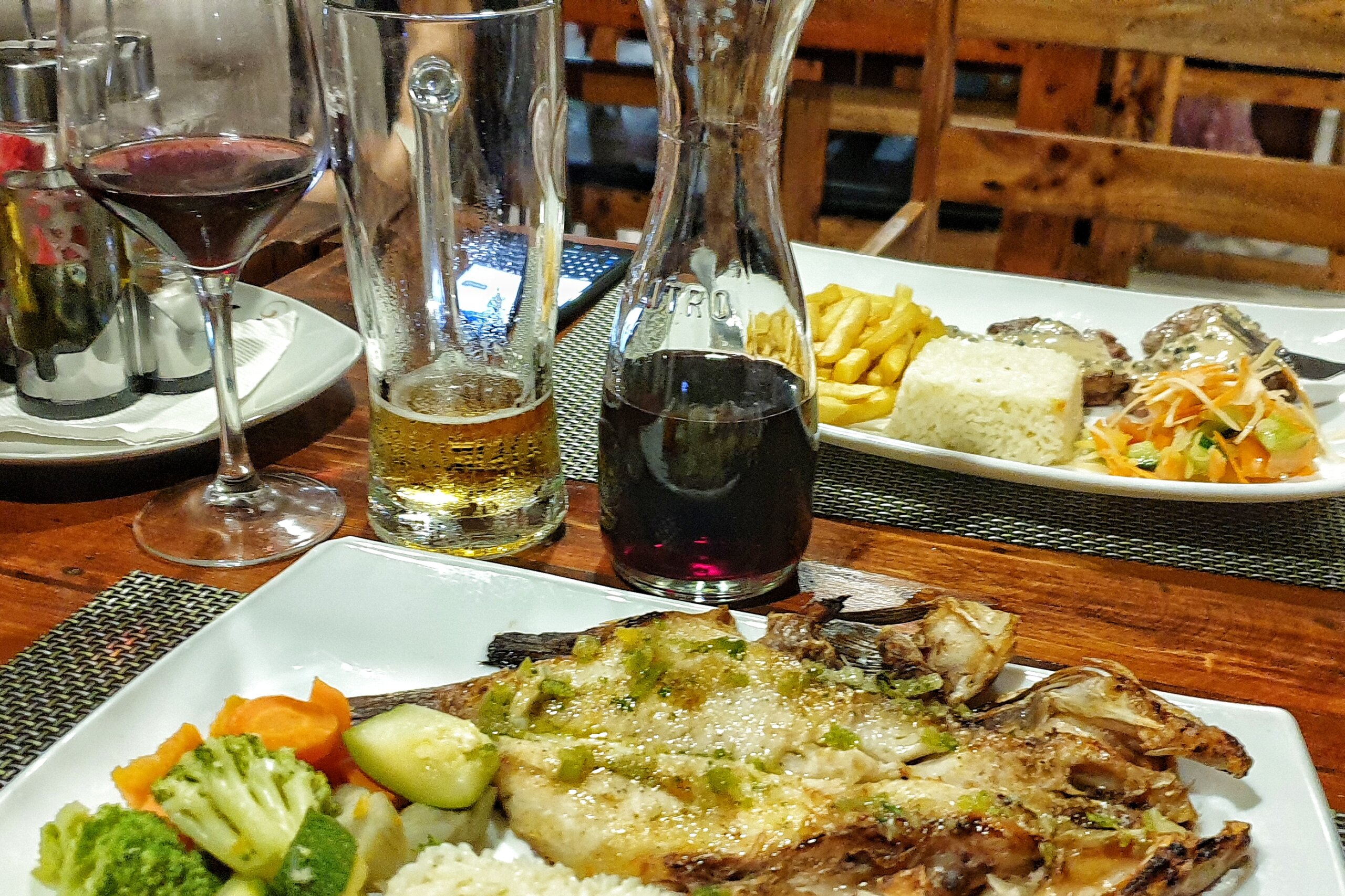
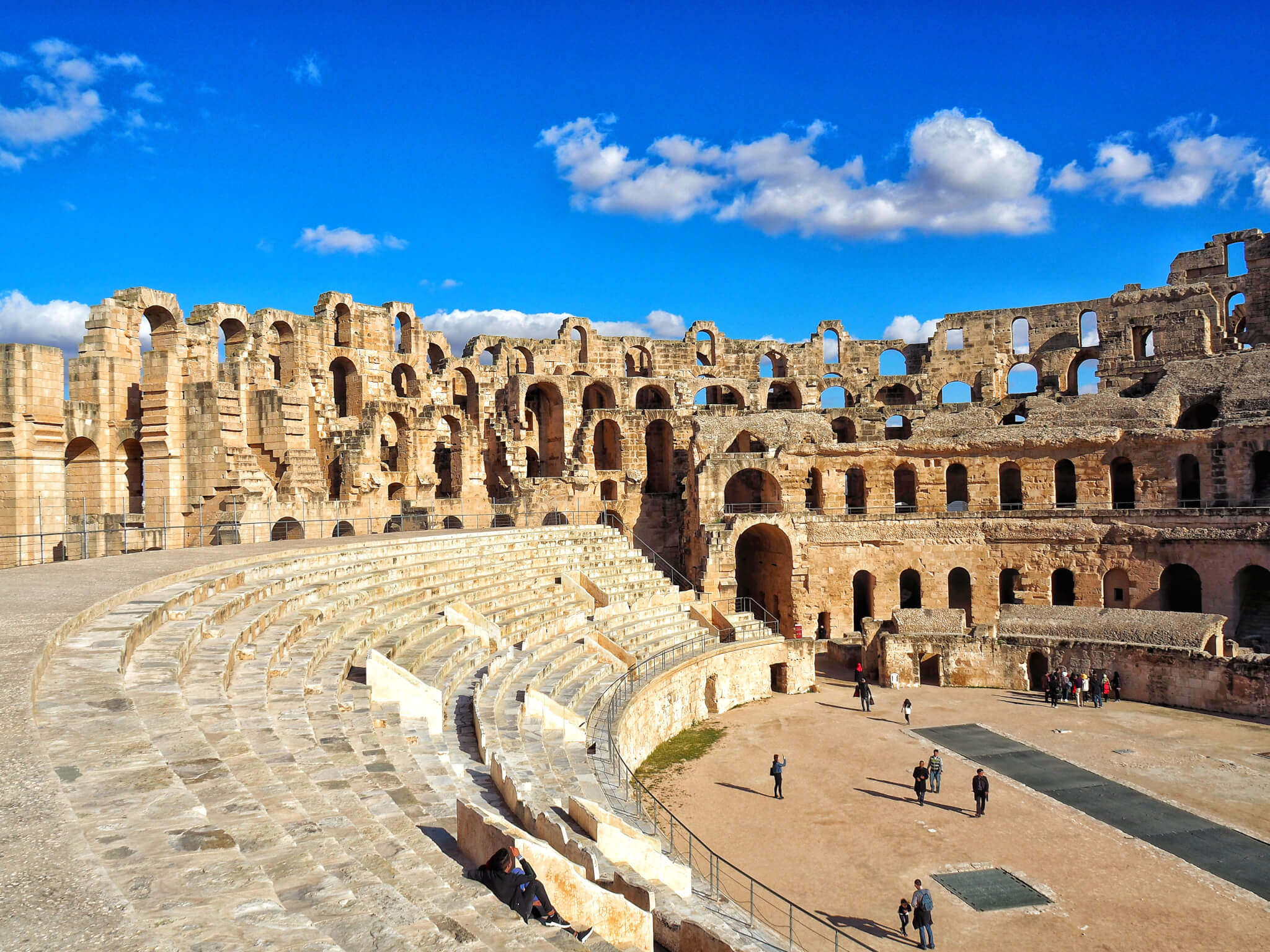
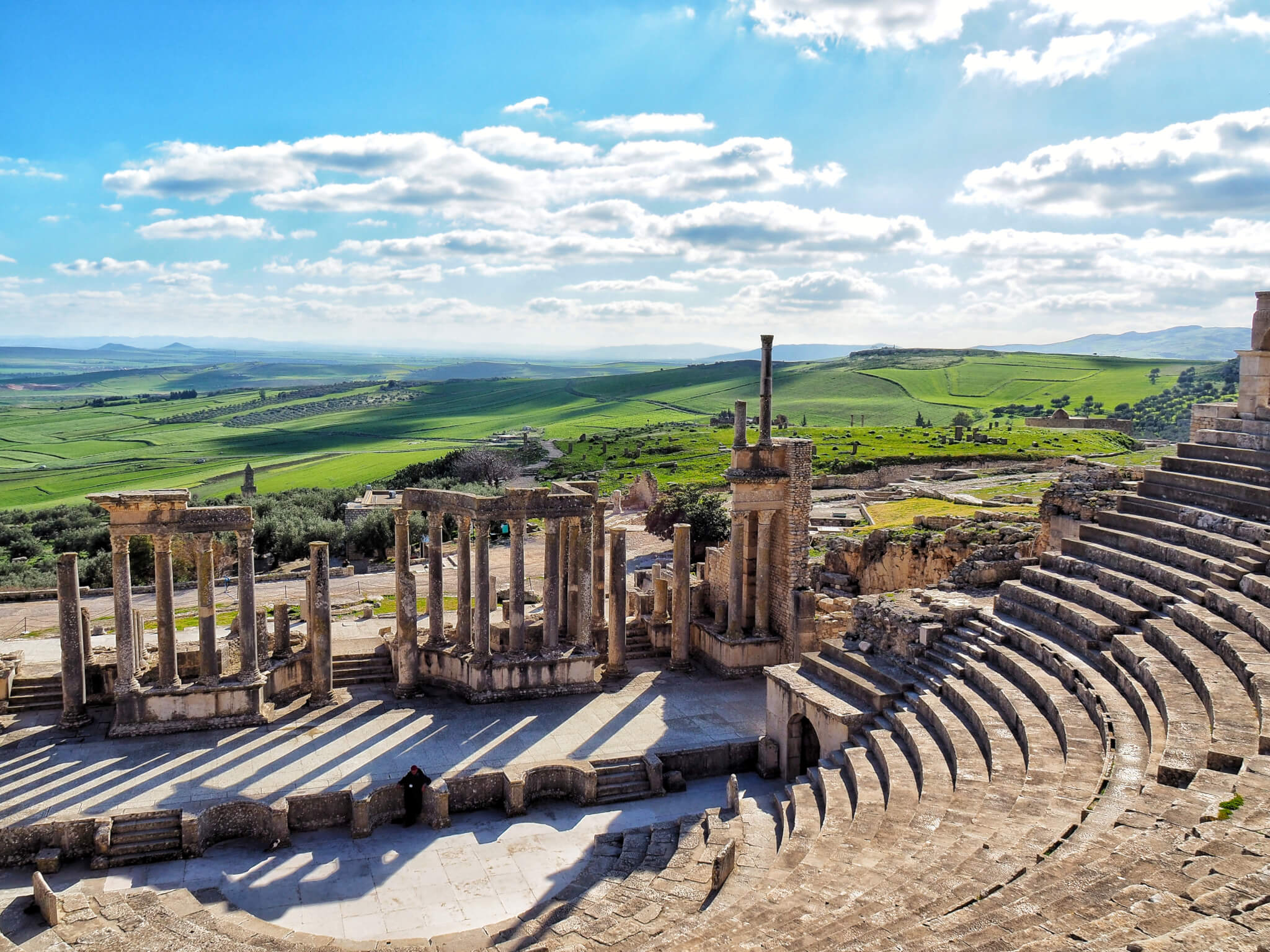
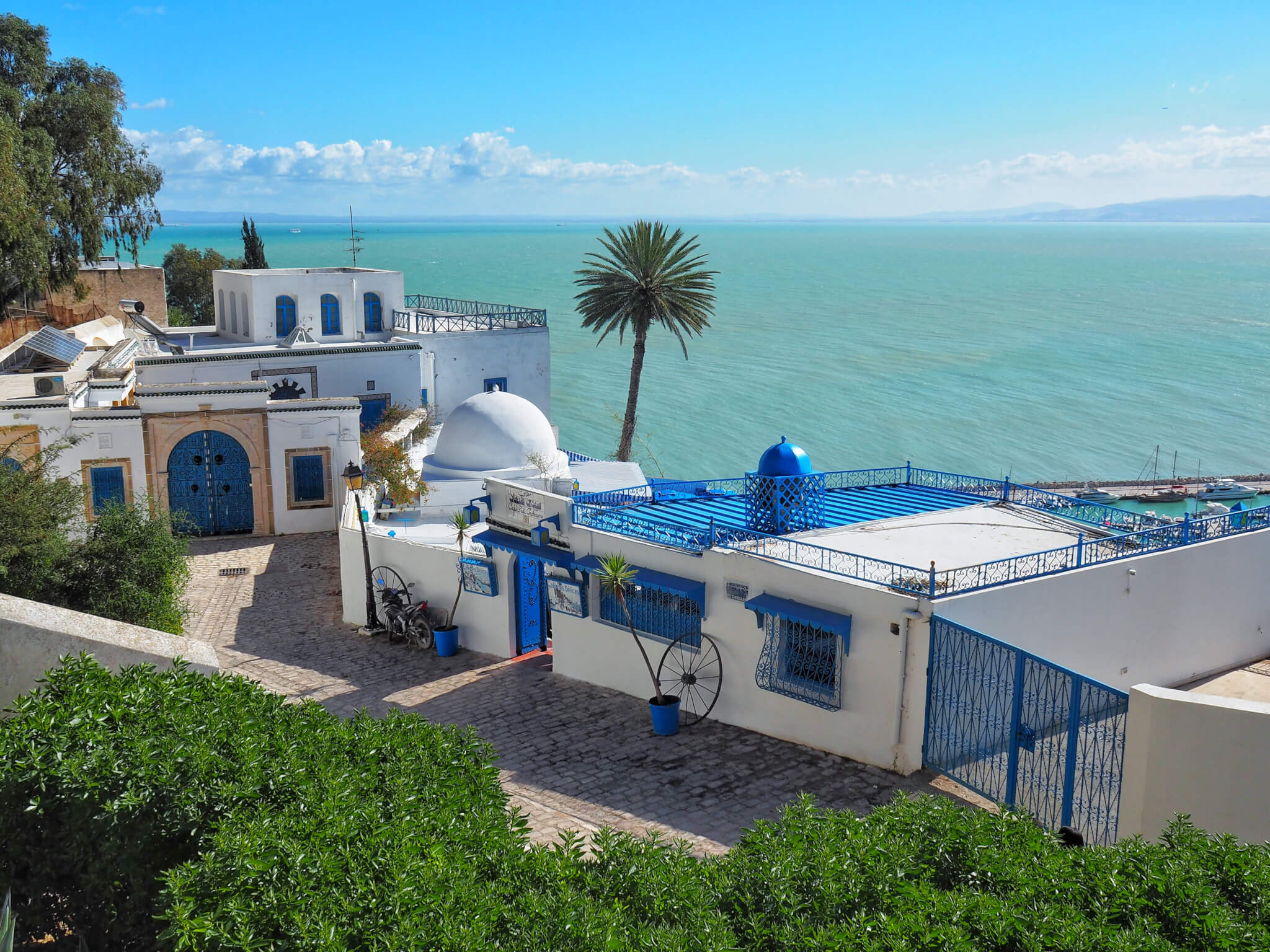

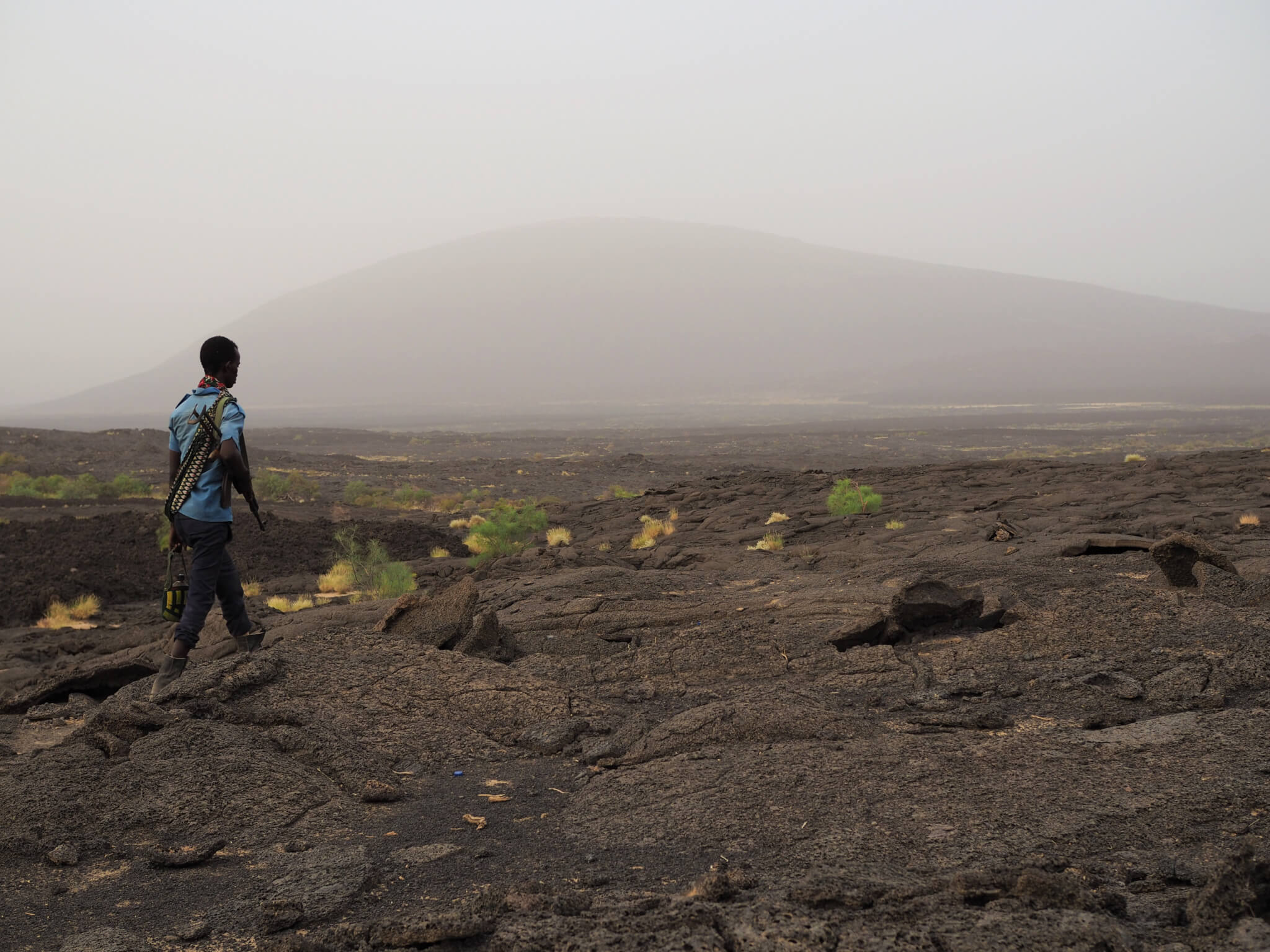
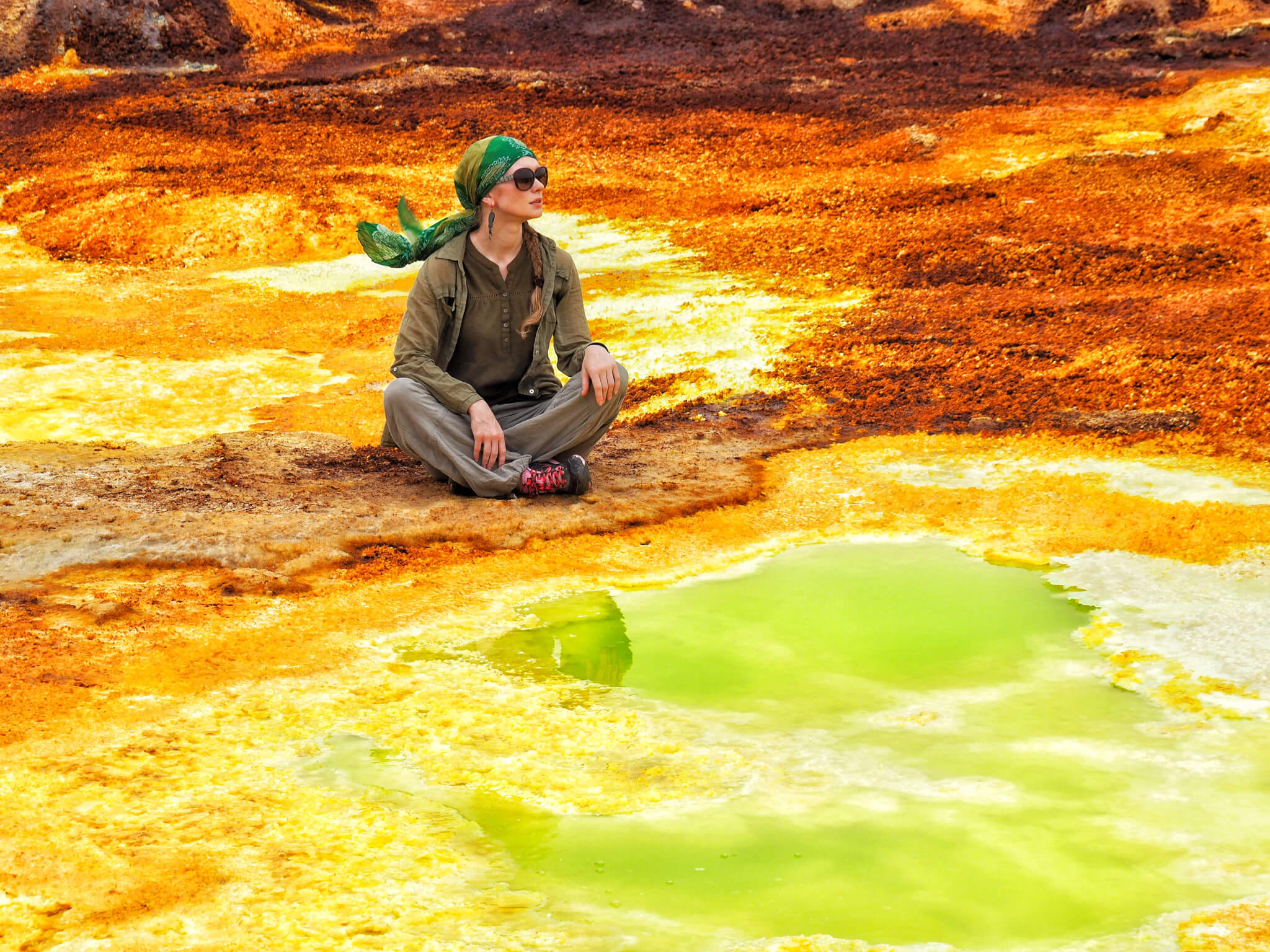
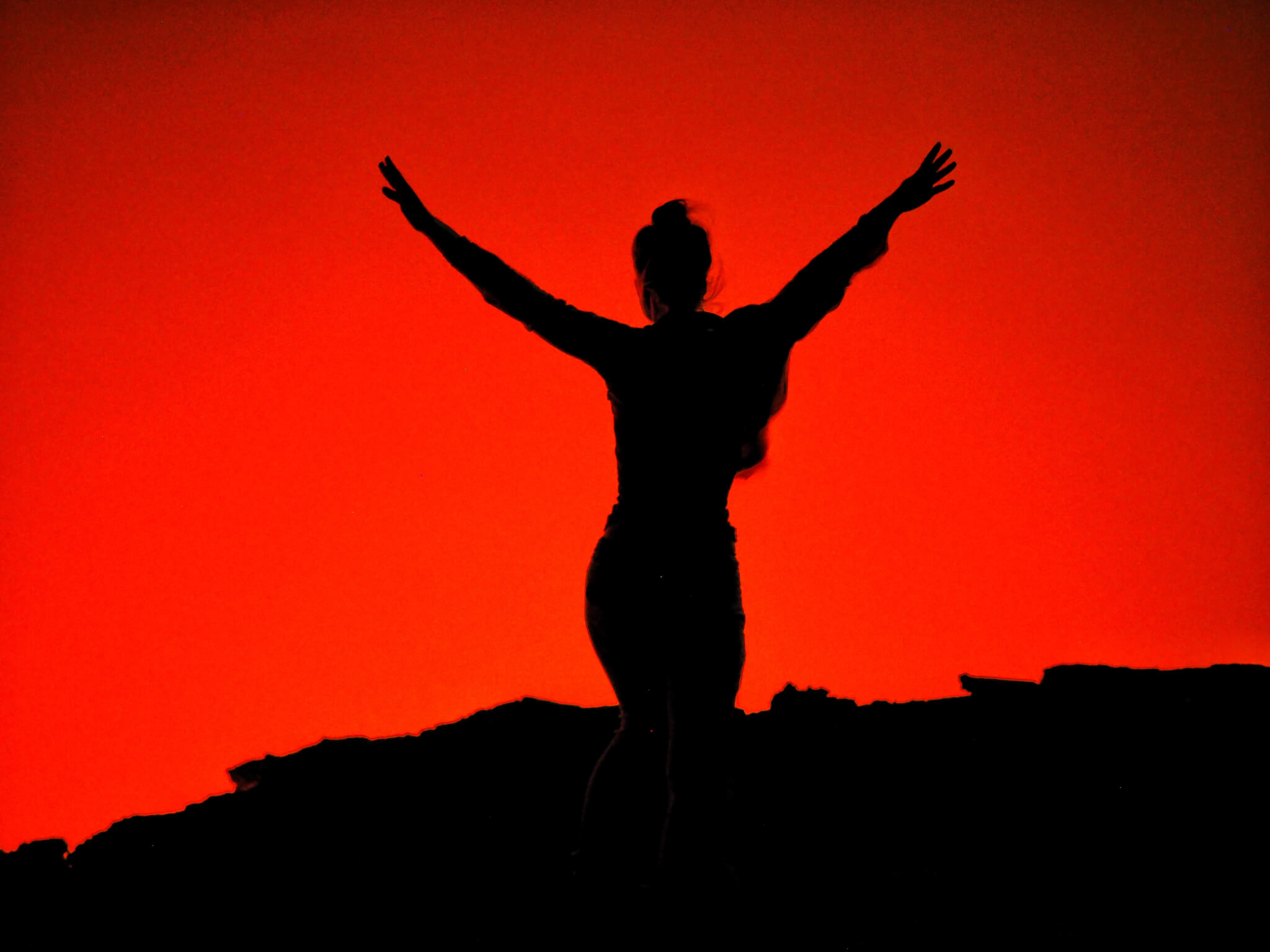
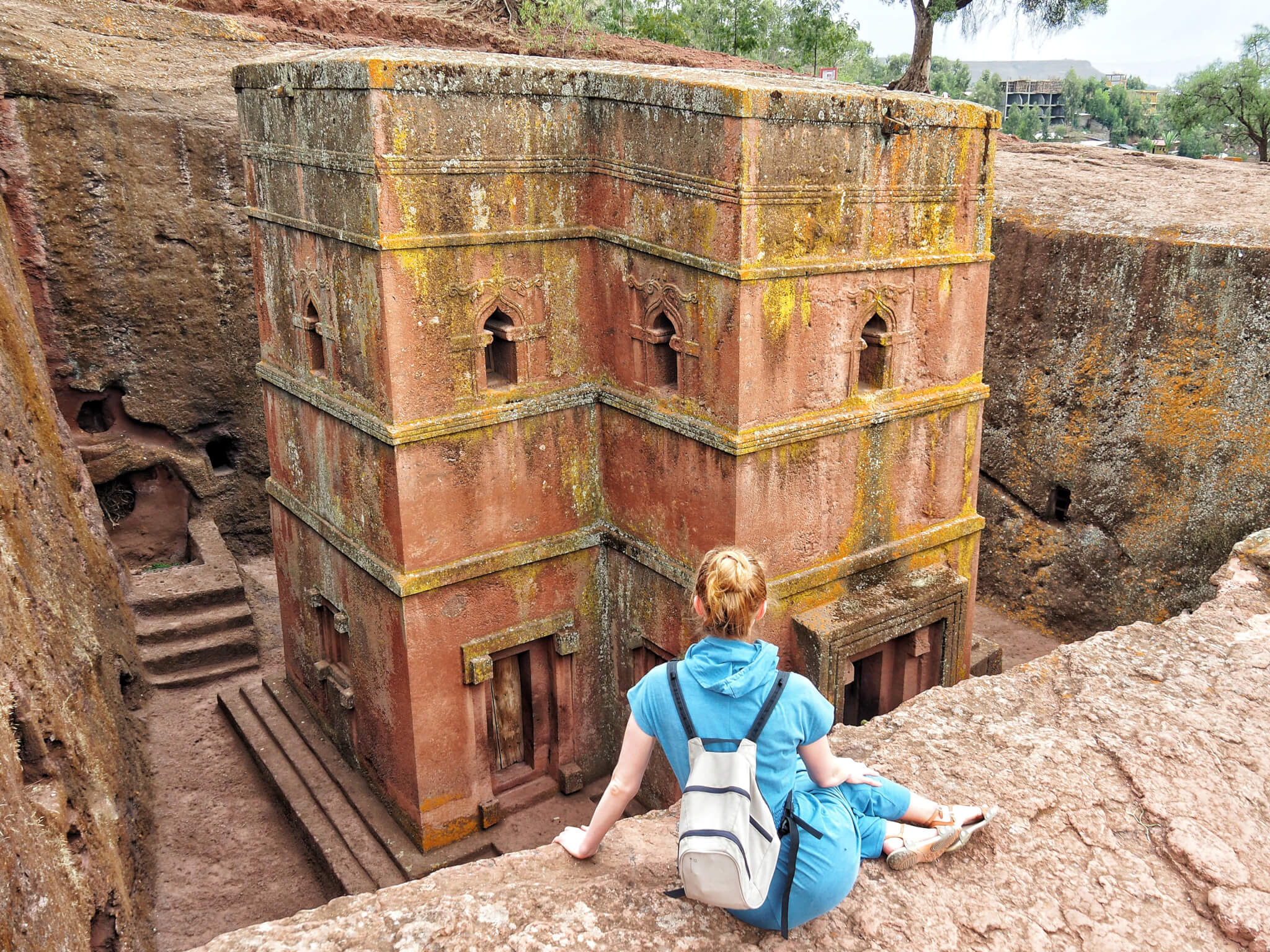
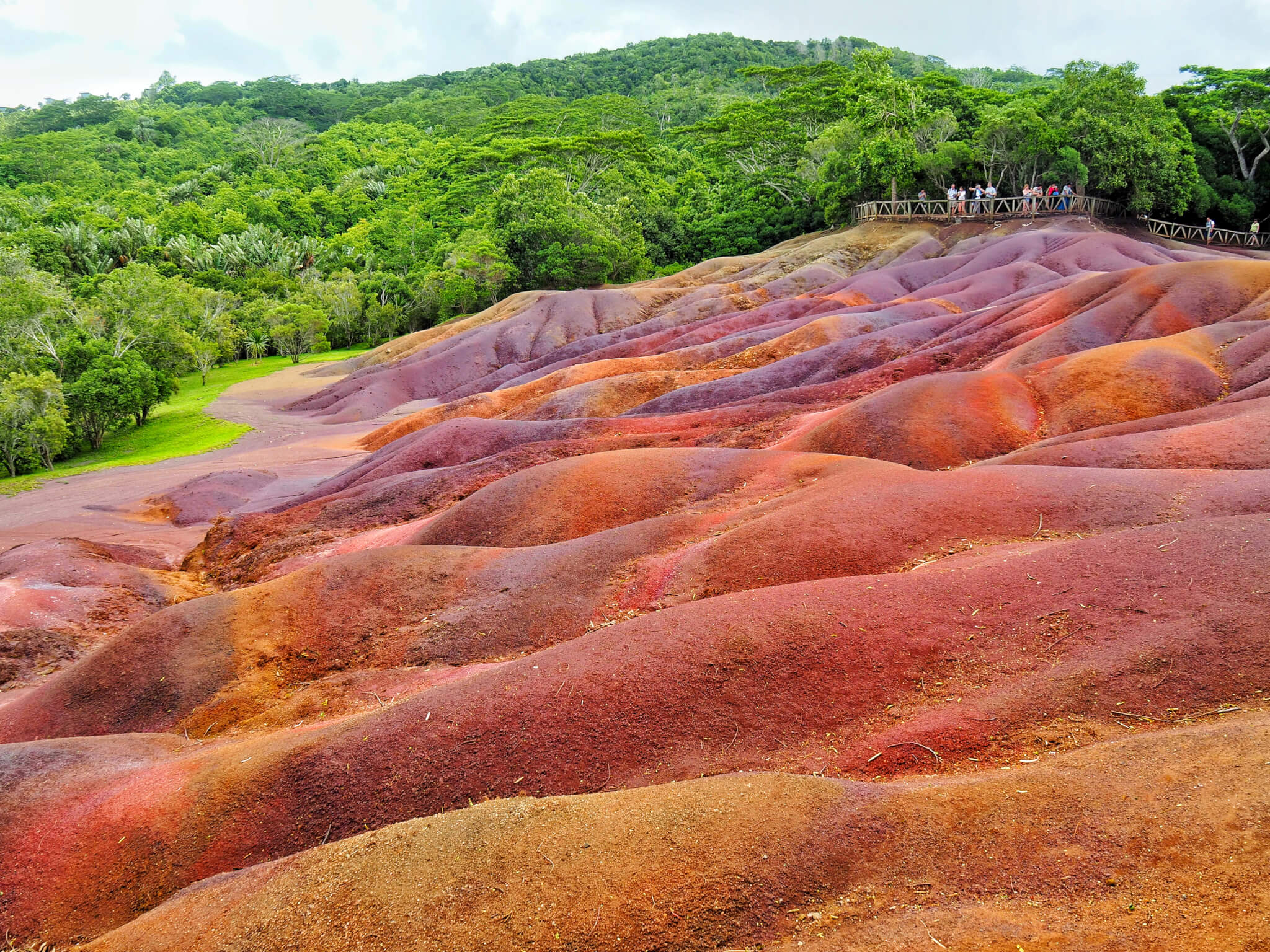
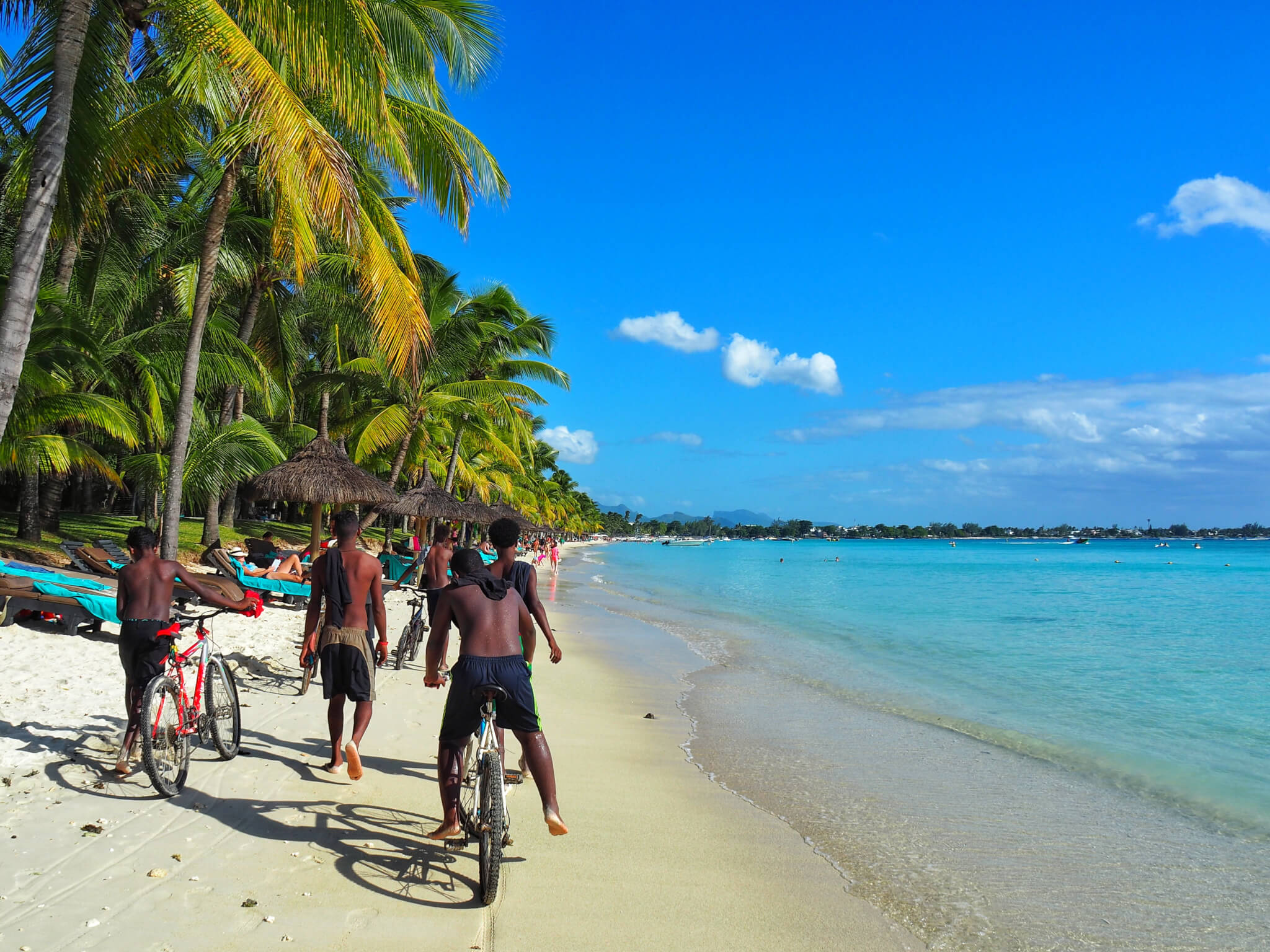

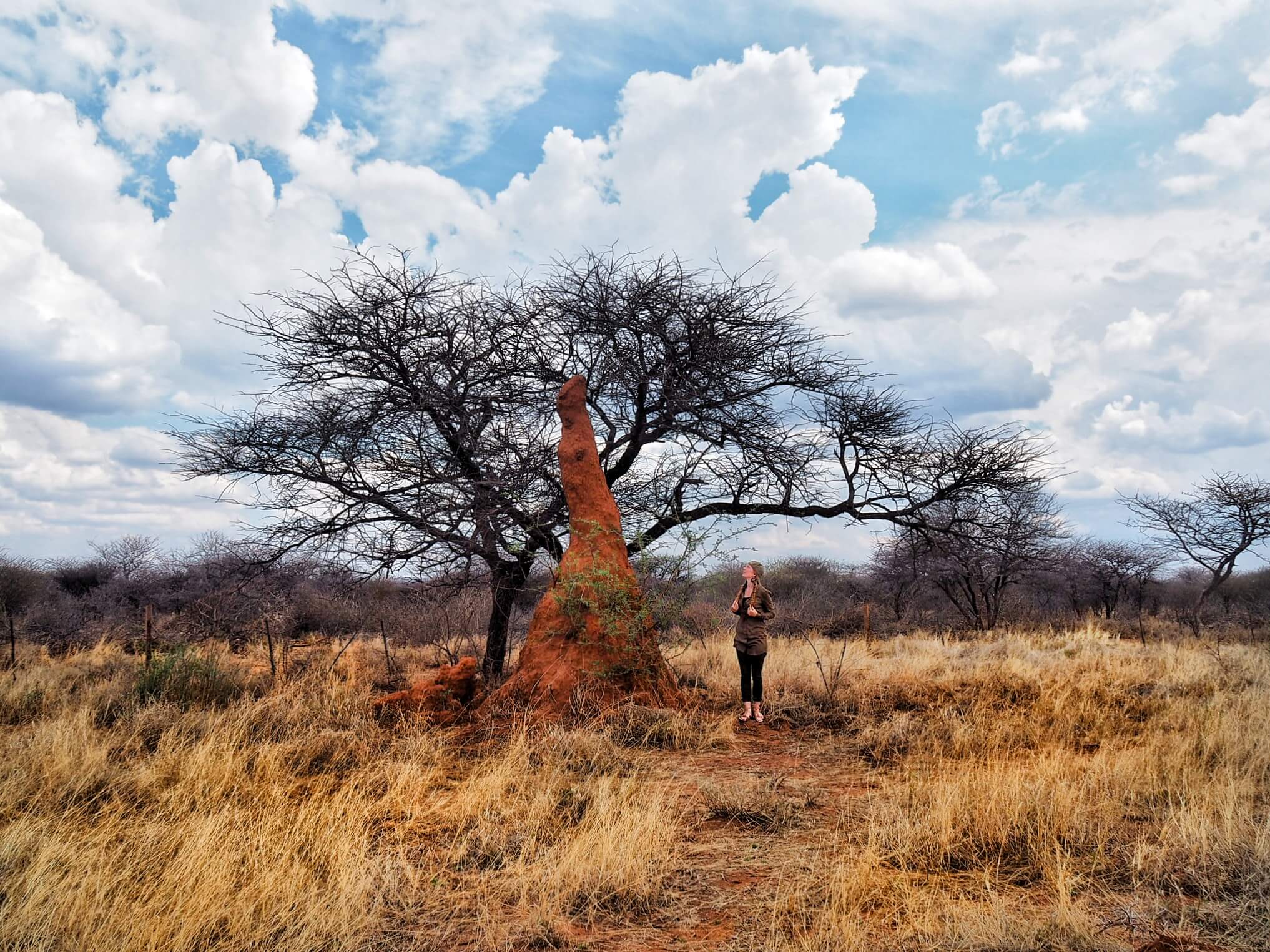
Leave A Comment